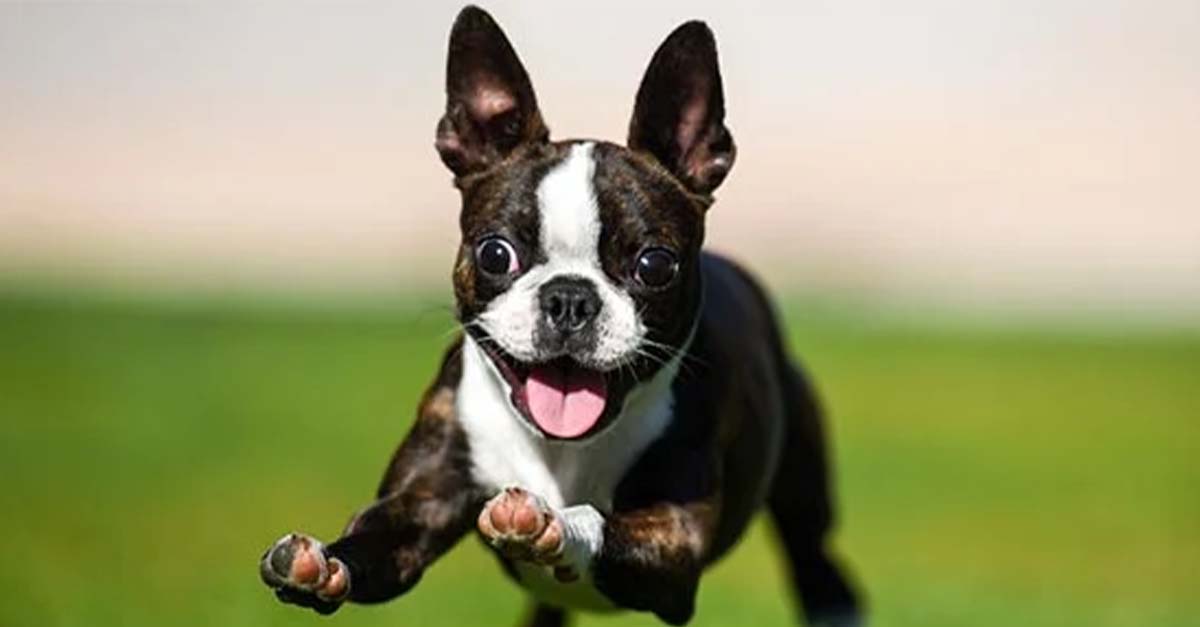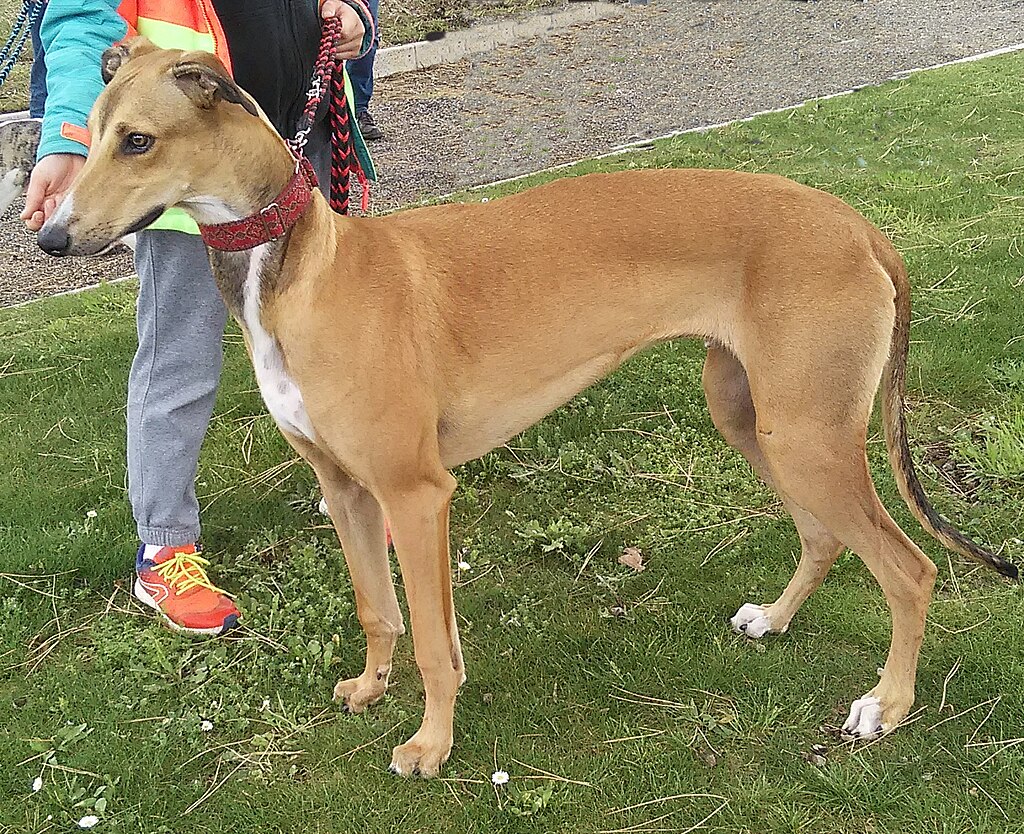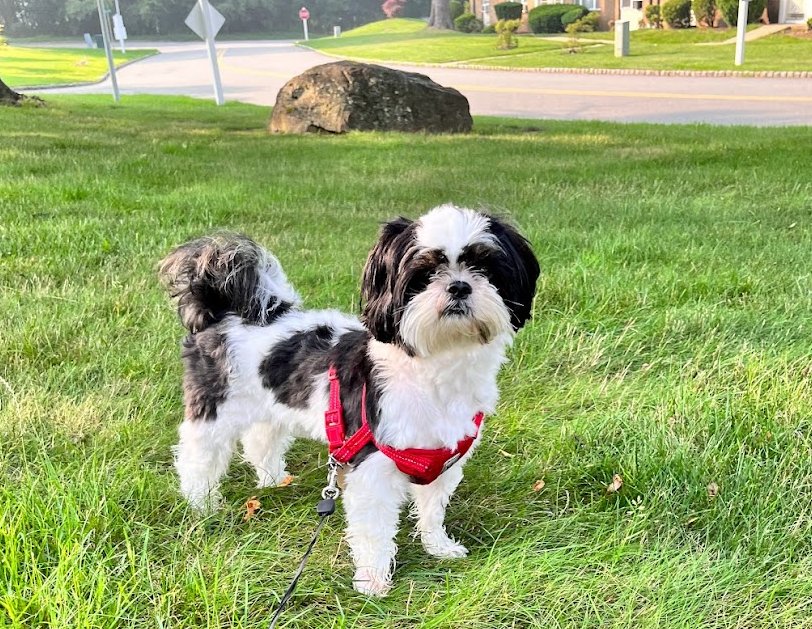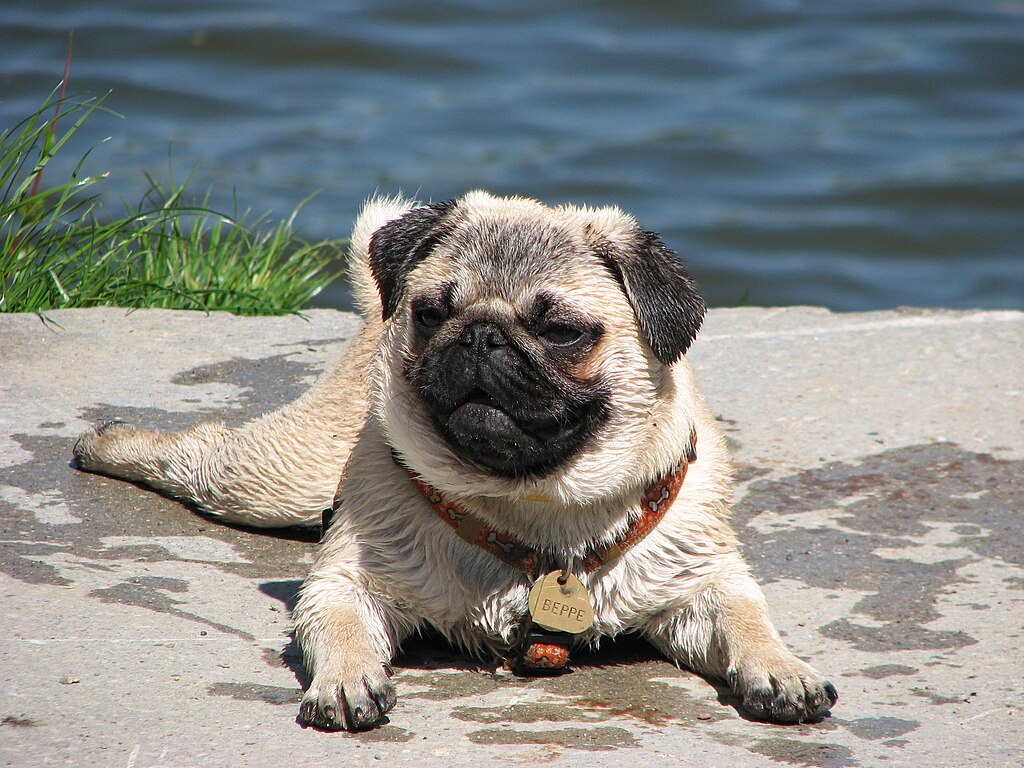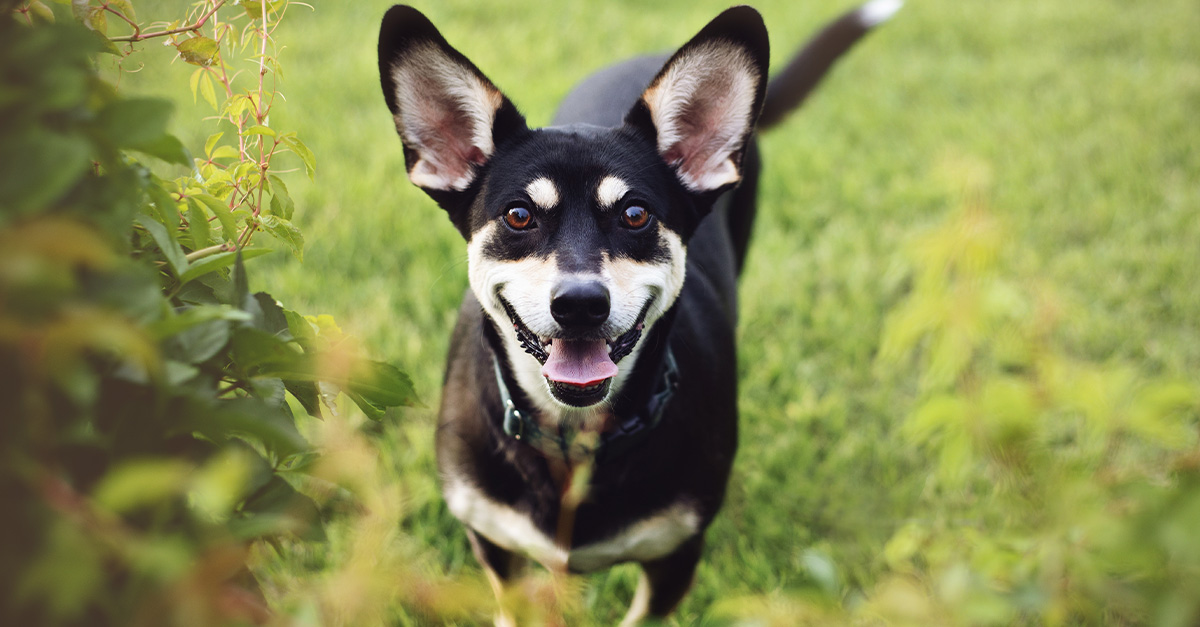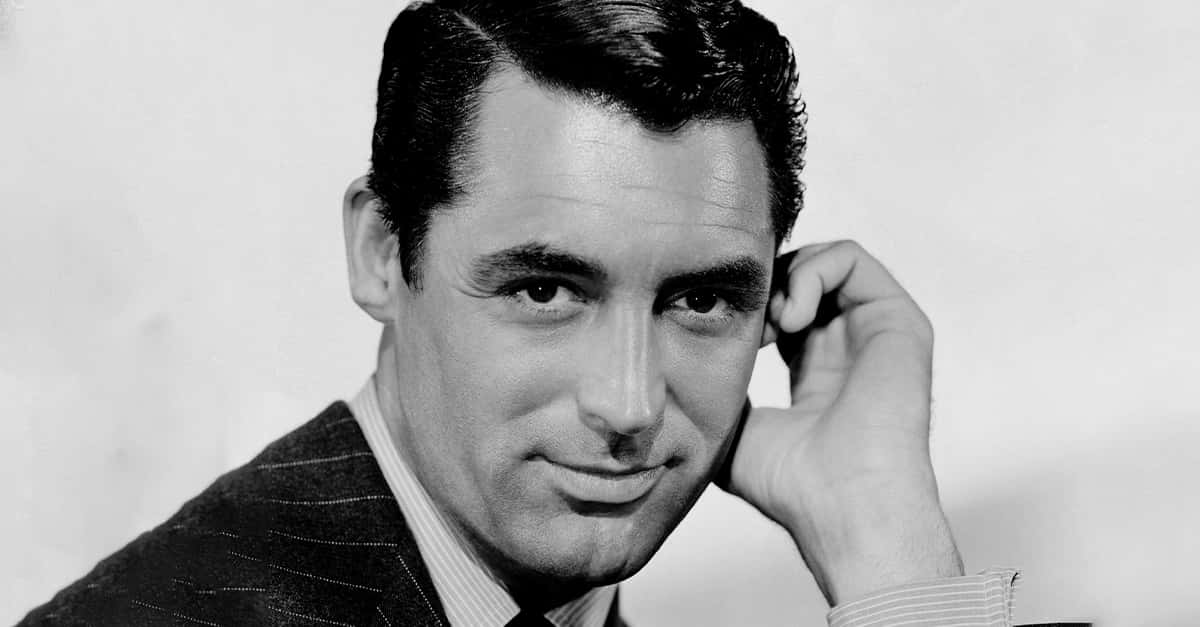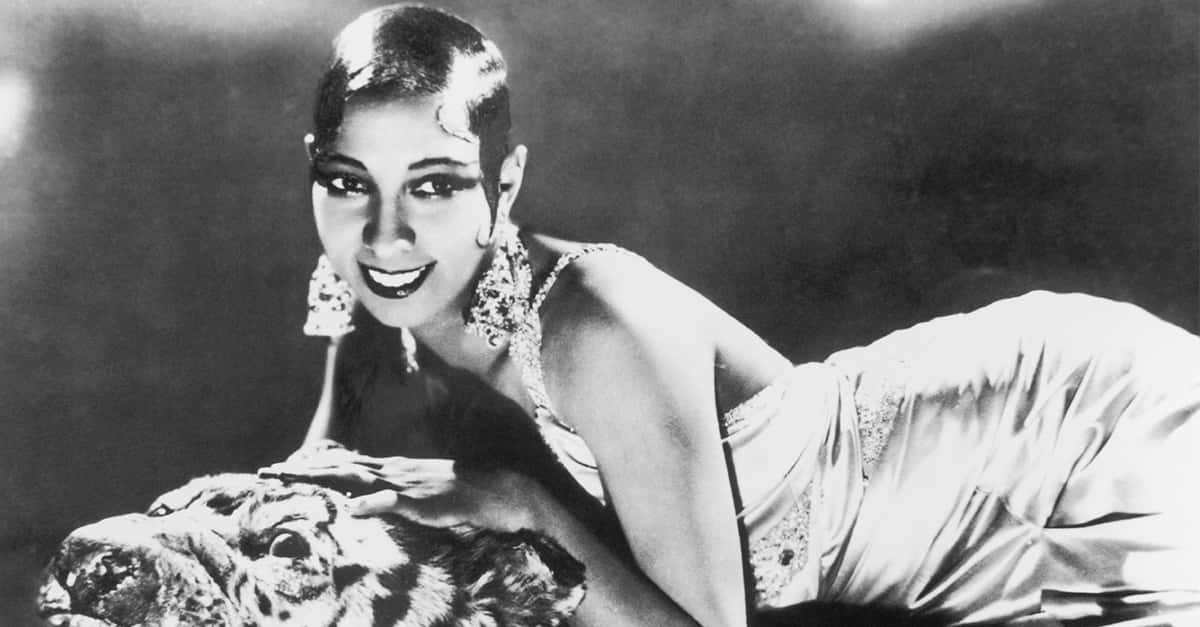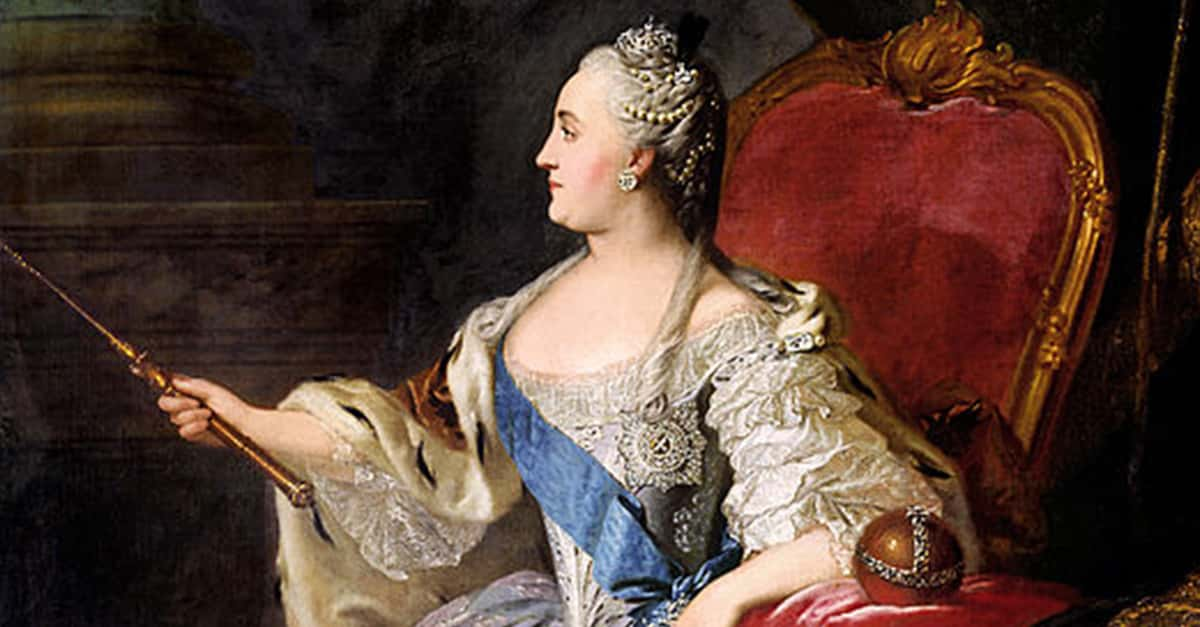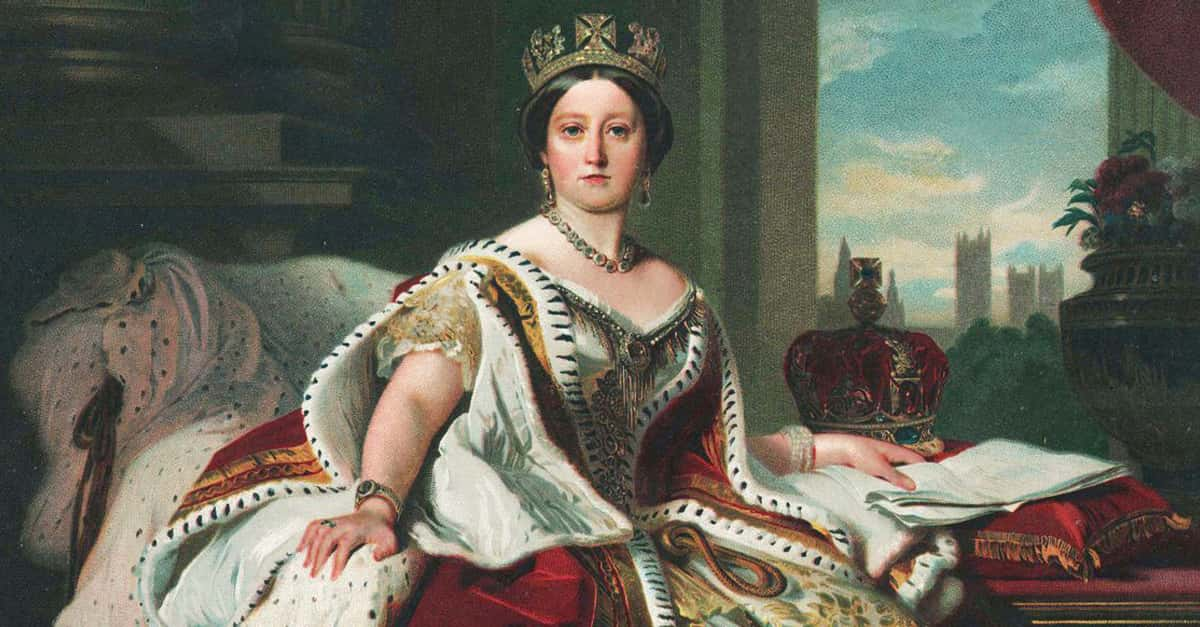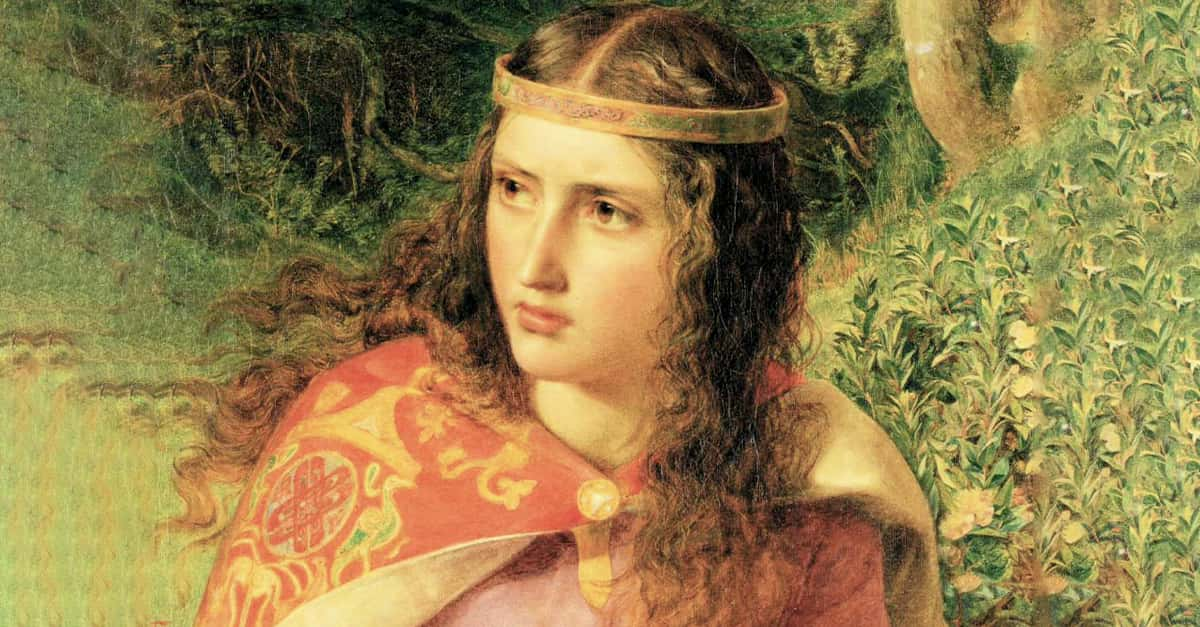Which Dog Breed Is Easiest To Care For?
There is nothing like having a furry friend at home. However, life can be busy. If you have a job, hobbies, and kids, you might feel like you don’t have time for a dog as well. The good news is some dog breeds are easier to care for than others. Let’s take a look at some go-to “easy” pups.

Dachshund
Colloquially known as “wiener dogs”, dachshunds are an easily recognizable dog breed. They also come in two sizes, miniature or medium. This makes them an excellent breed for anyone who lives in smaller spaces.
 Tony Alter, CC BY 2.0, Wikimedia Commons
Tony Alter, CC BY 2.0, Wikimedia Commons
Dachshund
No dog is completely hands-off. You will need to give your dachshund some basic training to provide structure in their lives and curb their natural stubborn tendencies. However, they also only require a moderate amount of exercise. Therefore, they are perfectly “low maintenance”.
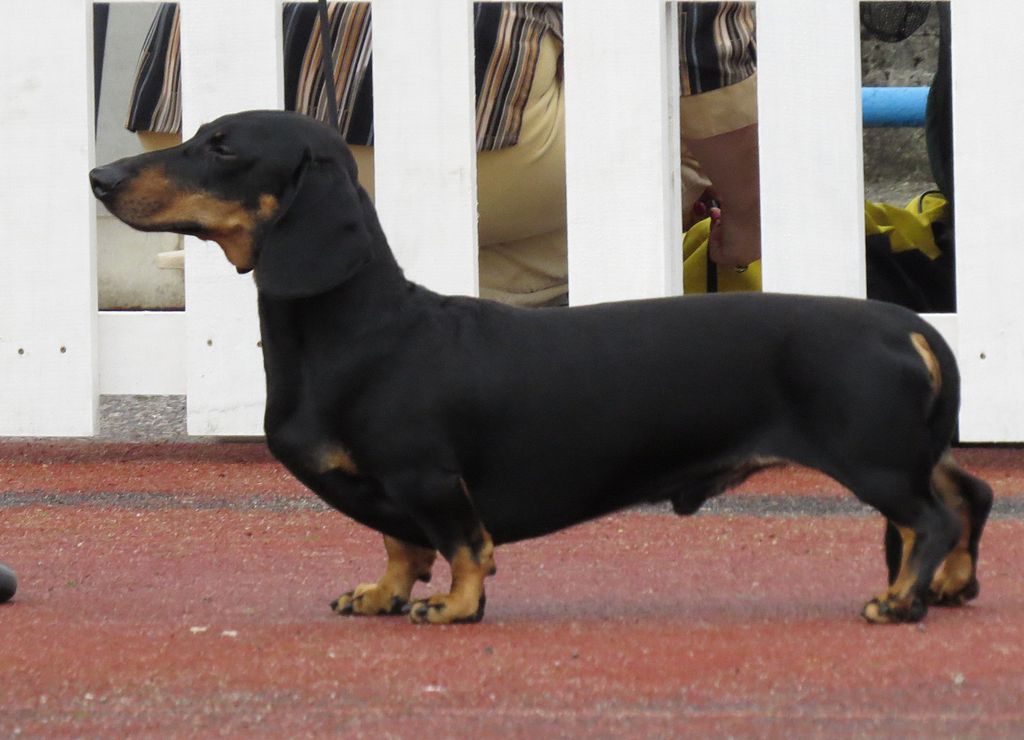 Томасина, CC BY-SA 3.0, Wikimedia Commons
Томасина, CC BY-SA 3.0, Wikimedia Commons
Greyhound
At the complete other end of the size spectrum, we have greyhounds. Thanks to their reputation as “racing dogs”, people often believe they are high-energy. They couldn’t be more wrong!
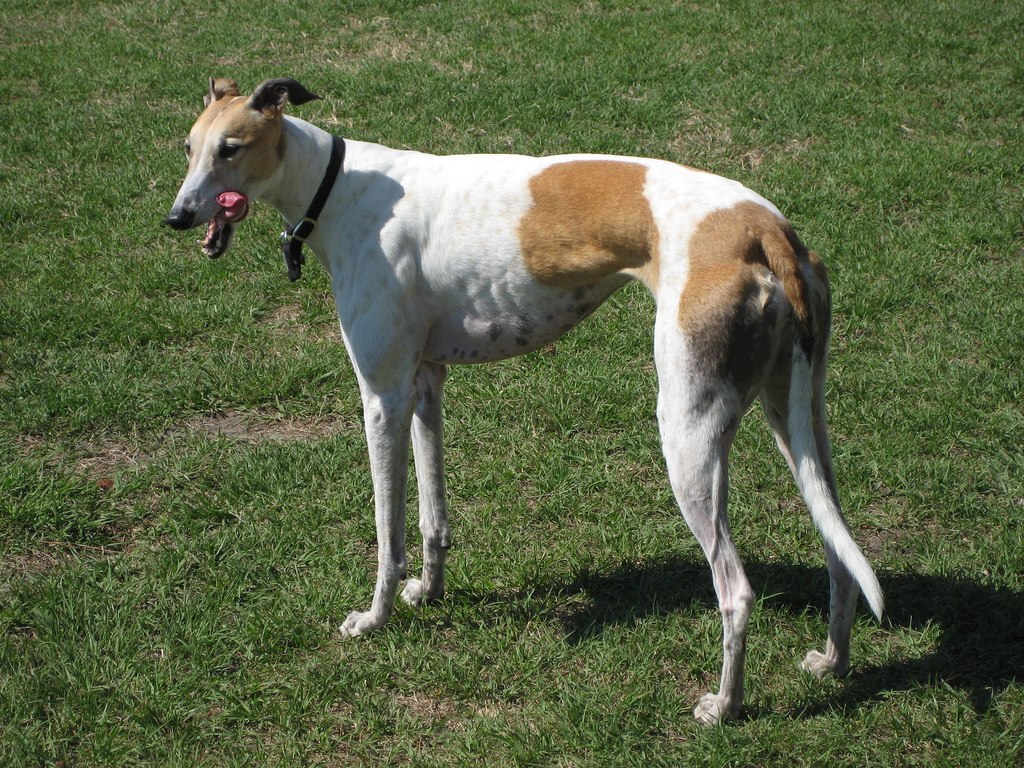 Neurodoc, CC BY-SA 3.0, Wikimedia Commons
Neurodoc, CC BY-SA 3.0, Wikimedia Commons
Greyhound
While a greyhound enjoys a good walk, and even the occasional run time, they don’t actually require a lot of exercise. They are couch potatoes who love to loaf around. They are also fairly responsive to training making them the perfect dog for people low on time.
French Bulldog
If you are looking for a happy-go-lucky breed that loves nothing more than lounging around with its owner, then the French bulldog is for you. These personality traits, along with their adorable looks, are one of the reasons that “Frenchies” are one of the most popular dog breeds.
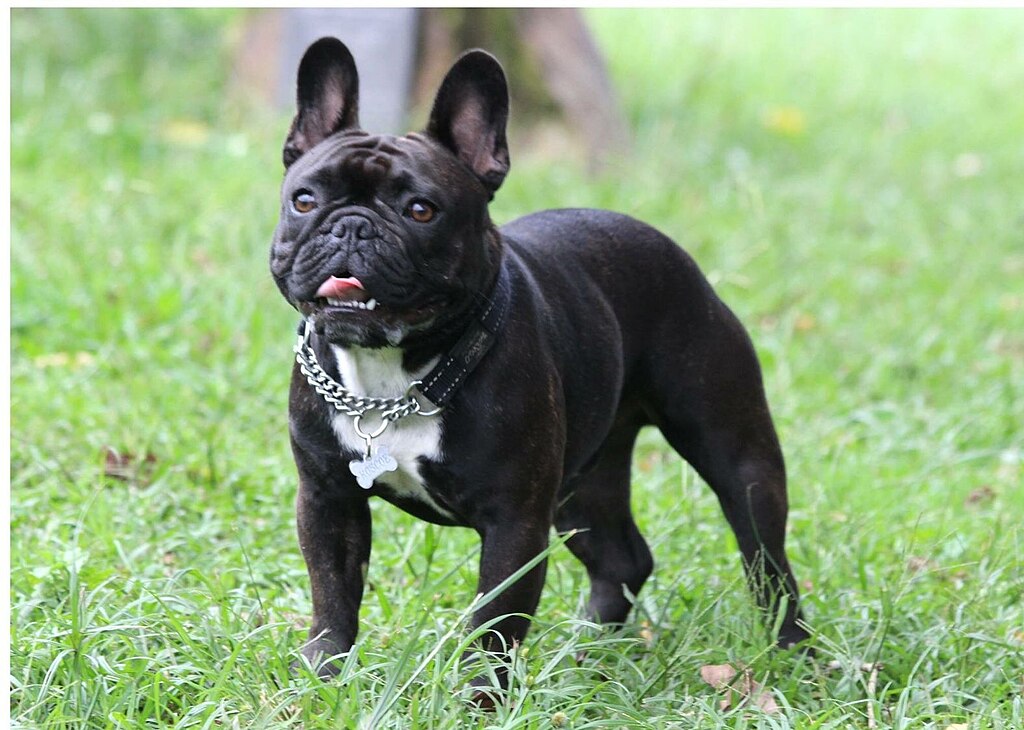 TunedAutomotive, CC BY-SA 4.0, Wikimedia Commons
TunedAutomotive, CC BY-SA 4.0, Wikimedia Commons
French Bulldog
Generally, your Frenchie will respond well to training; however, if you lack structure, behavioral issues may arise, so be sure to consider that. Frenchies tend not to need much grooming, though they can be prone to skin conditions.
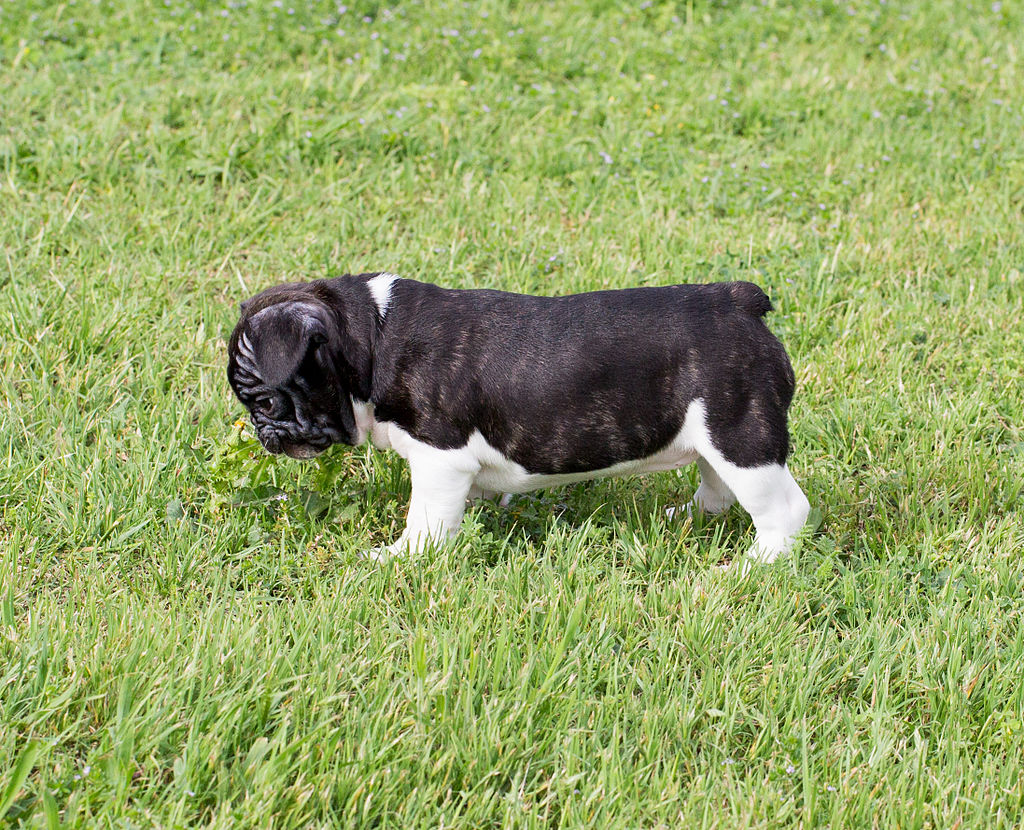 Betty Wills, CC BY-SA 4.0, Wikimedia Commons
Betty Wills, CC BY-SA 4.0, Wikimedia Commons
Shih Tzu
You may be hard-pressed to find a cuter little dog than a Shih Tzu. Their smaller size and affectionate personality make them the perfect breed for anyone who lacks a lot of space to let their pup roam.
 SpanishSnake, Wikimedia Commons
SpanishSnake, Wikimedia Commons
Shih Tzu
You will need to give your Shih Tzu regular exercise, as they have a moderate energy level. They are also very intelligent, so good training is necessary to curb any stubbornness. However, they do not require as much exercise as a larger breed and will be constantly looking for your affection.

History's most fascinating stories and darkest secrets, delivered to your inbox daily.
Basset Hound
Who doesn’t love the long drooping face of a Basset Hound? Few dog breeds are as calm as a Basset Hound is. They do like to play; however, they love to snuggle and nap on the couch just as much.
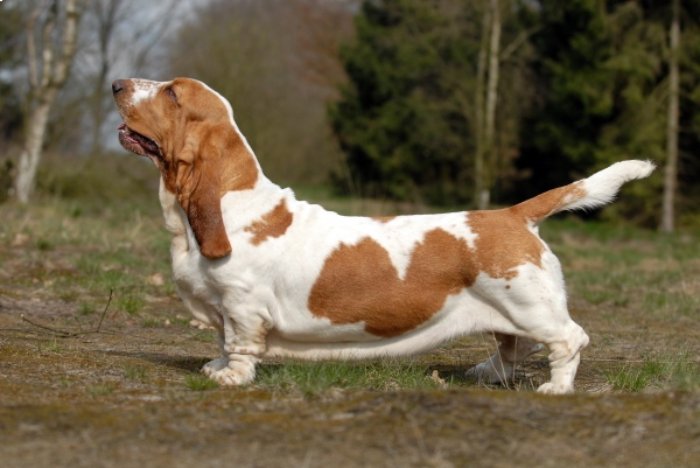 Bonnie van den Born, CC BY-SA 3.0, Wikimedia Commons
Bonnie van den Born, CC BY-SA 3.0, Wikimedia Commons
Basset Hound
There are a few care instructions to keep in mind with your Basset Hound. They can be extremely stubborn, so they will need firm training early in life to avoid old age crankiness. They also do best with regular brushing to keep their coats clean and healthy.
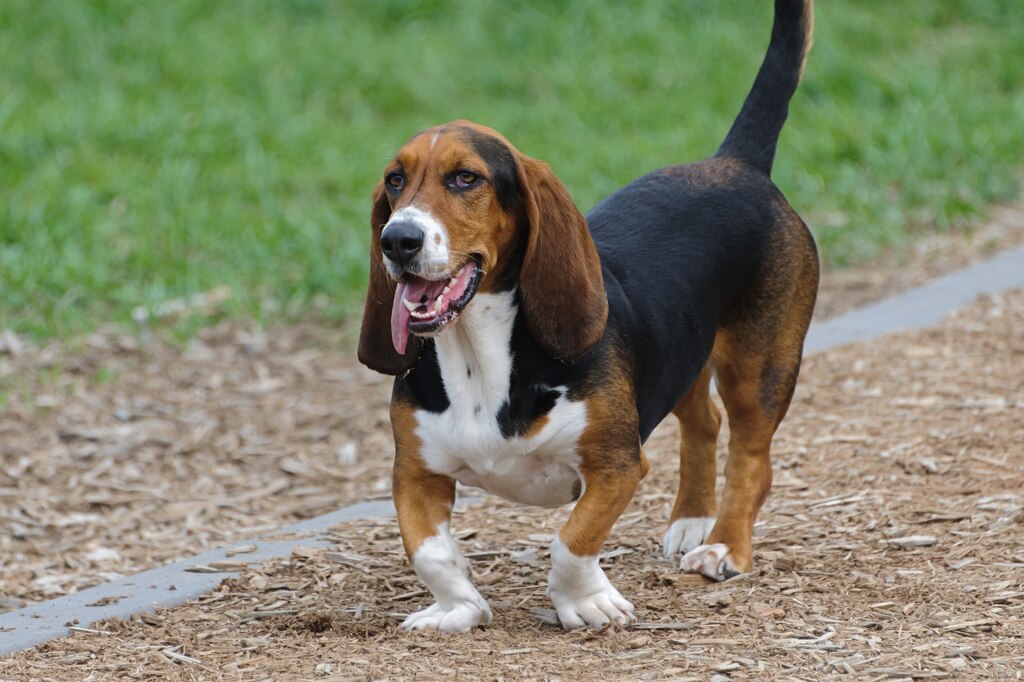 jimapics, CC BY-SA 2.0, Wikimedia Commons
jimapics, CC BY-SA 2.0, Wikimedia Commons
Chihuahua
People of a certain age will forever associate the Chihuahua with a certain celebrity who loved carrying hers around. However, while they are a great breed to have, carrying your Chihuahua everywhere is not recommended.
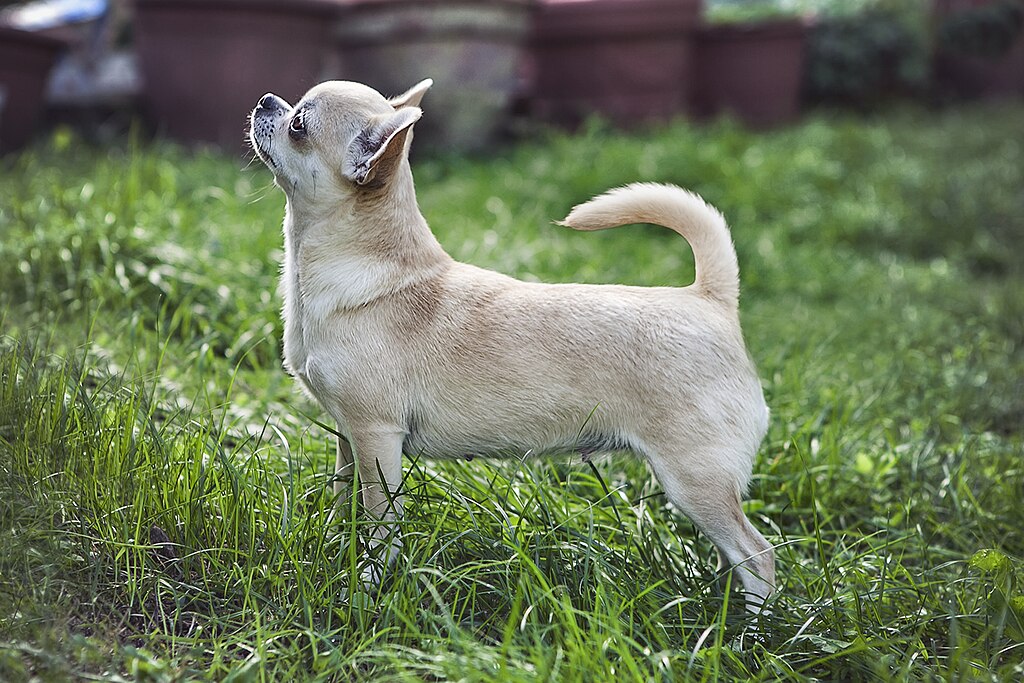 Caterinarufo, Wikimedia Commons
Caterinarufo, Wikimedia Commons
Chihuahua
A Chihuahua that gets babied early in life will start thinking they rule the roost, and boss everyone around. So set boundaries early. They do have a lot of energy, but only in short bursts. They will run around for a short time, before conking out for nap time.
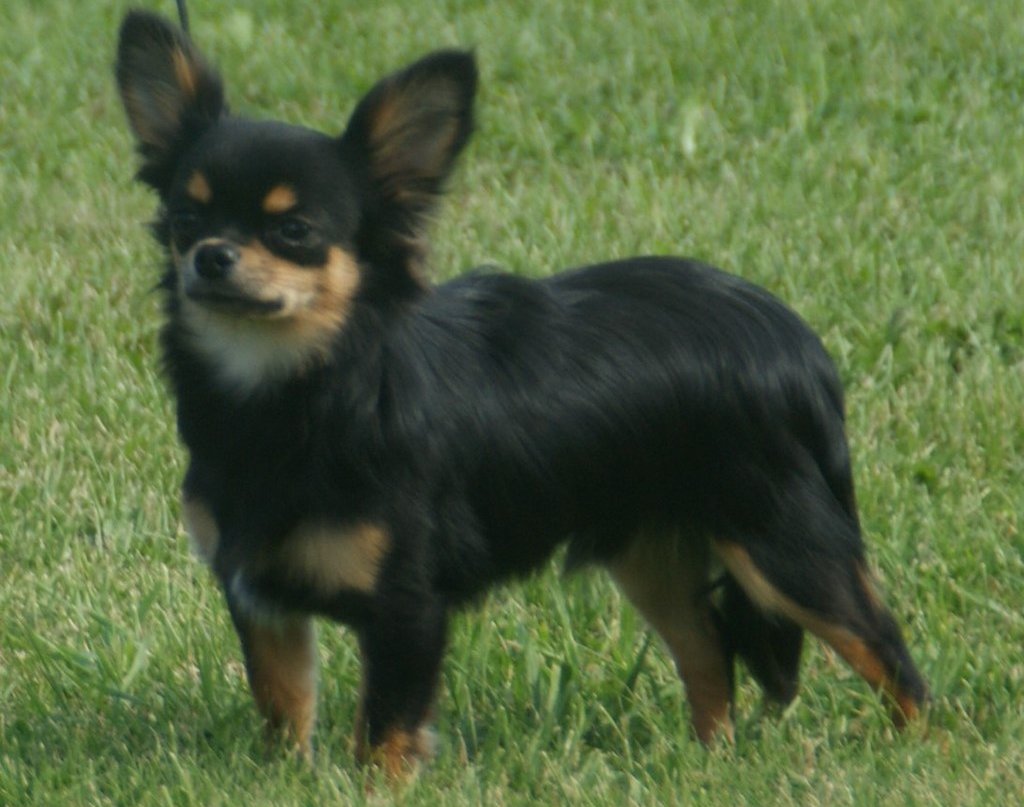 Canarian, CC BY-SA 4.0, Wikimedia Commons
Canarian, CC BY-SA 4.0, Wikimedia Commons
Cavalier King Charles Spaniel
Raise your hand if you’ve wanted a spaniel since you first watched Lady and the Tramp. If the dream of owning your own “Lady” never faded then it’s good news: Cavaliers are extremely well-behaved and extremely adorable.
 Harold Frazier, CC BY-SA 4.0, Wikimedia Commons
Harold Frazier, CC BY-SA 4.0, Wikimedia Commons
Cavalier King Charles Spaniel
A dog that looks like a puppy forever, Cavaliers love nothing more than to snuggle; they also generally don’t weigh more than 18 pounds. Where they may be a little higher maintenance is with the grooming. They need regular brushing, ear cleaning, and groomer trips.
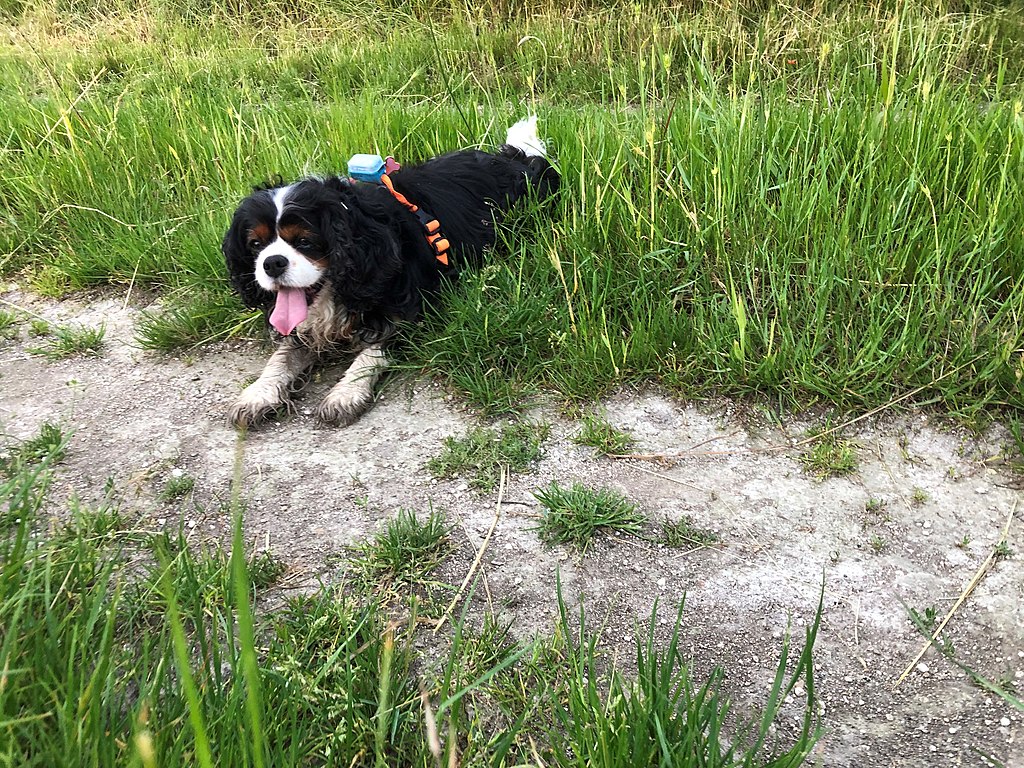 Aaron vad, CC BY-SA 4.0, Wikimedia Commons
Aaron vad, CC BY-SA 4.0, Wikimedia Commons
West Highland White Terrier
While we’re riffing off of old Disney films, “Tramp” likely was fairly well-behaved too, as he was part terrier. Westies are adorable and range from small to medium size, which goes a long way to make them more manageable on a tight schedule.
 Lucie Tylová, CC BY-SA 3.0, Wikimedia Commons
Lucie Tylová, CC BY-SA 3.0, Wikimedia Commons
West Highland White Terrier
Westies are easy to train, relatively healthy, and they fall in the bubble of “moderately energetic”. They do require some light grooming. However, they don’t require regular trimming, making the demands manageable.
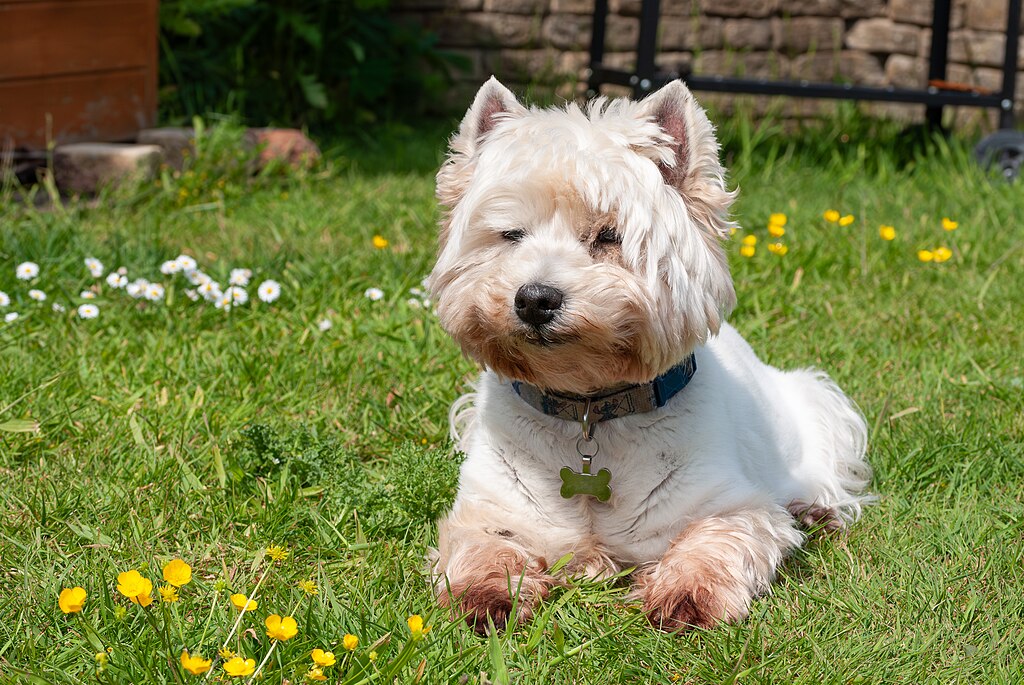 Dominic Nelson, CC BY-SA 4.0, Wikimedia Commons
Dominic Nelson, CC BY-SA 4.0, Wikimedia Commons
Brussels Griffon
If you aren’t familiar with a Brussels griffon, don’t worry—you’re about to be. These dogs are petite, adorable, and the goofiest things you’ll ever see. You will fall in love with your Brussels griffon immediately.
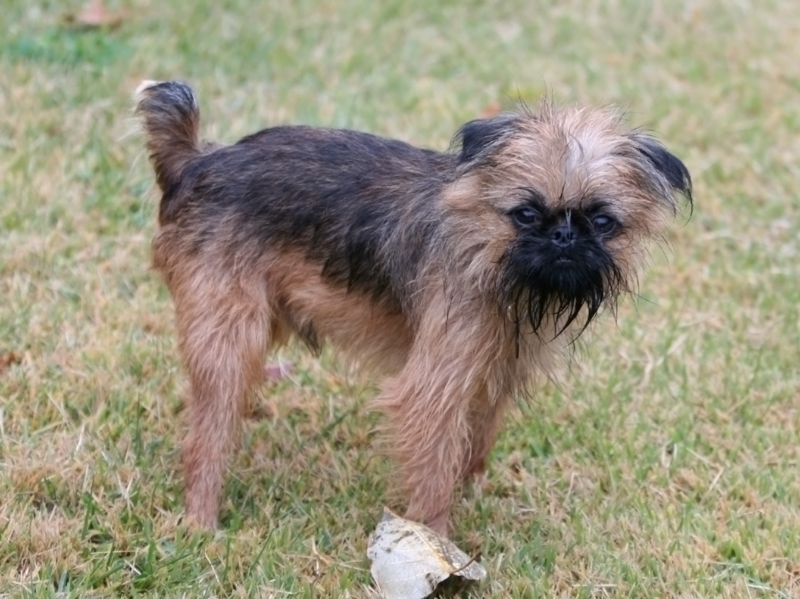 Galawebdesign, CC BY-SA 3.0, Wikimedia Commons
Galawebdesign, CC BY-SA 3.0, Wikimedia Commons
Brussels Griffon
Brussels griffons can be a little feisty, therefore you don’t want to skimp on the training. However, a basic level of training should suffice. They have moderate energy and range from six to 12 pounds. They can get lonely, so be sure to keep them by your side often.
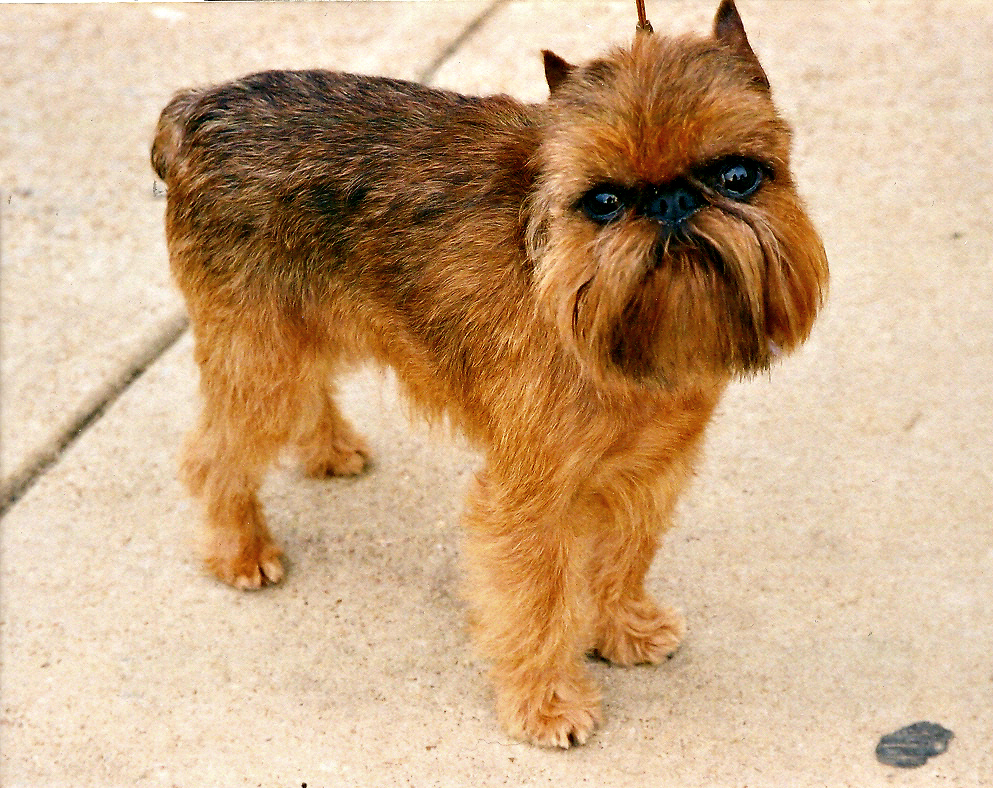 Dan9186, CC BY-SA 3.0, Wikimedia Commons
Dan9186, CC BY-SA 3.0, Wikimedia Commons
Mastiff
The Mastiff is another big dog that doesn’t take “big work” to take care of. Thanks to their large size, they prefer to loaf around on the couch rather than run around too much. They just don’t have the endurance.
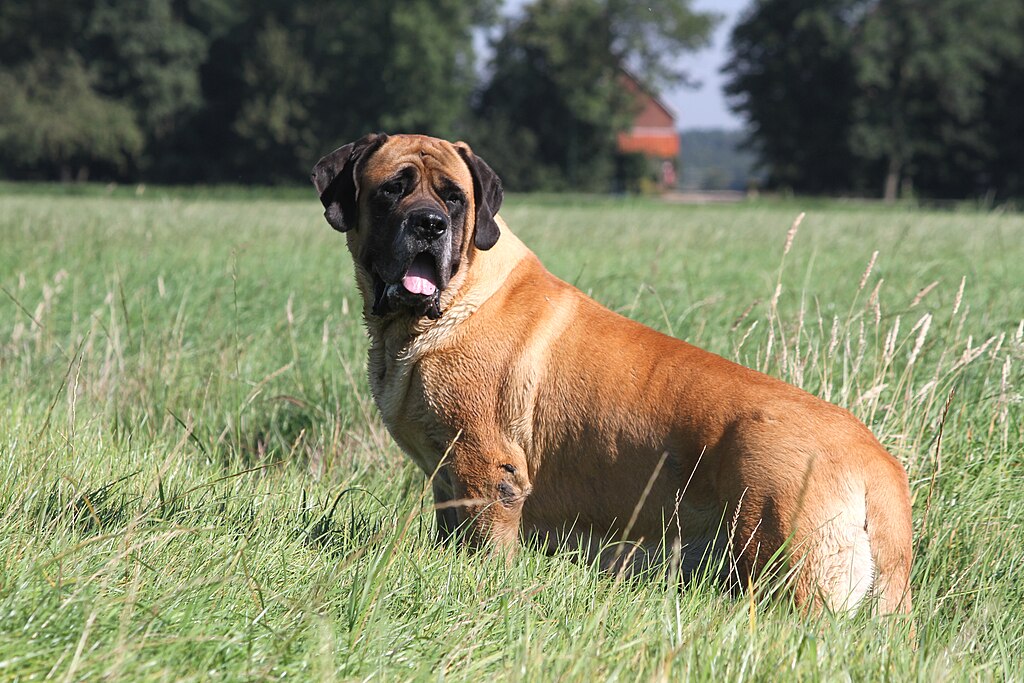 Hillsemastiffs, CC BY-SA 4.0, Wikimedia Commons
Hillsemastiffs, CC BY-SA 4.0, Wikimedia Commons
Mastiff
A younger Mastiff will have a little bit more energy, though that comes across in a goofy playfulness. They are extremely affectionate, and you will stay in their hearts forever. The one thing to note is that Mastiffs do tend to have a slightly shorter lifespan than the average dog.
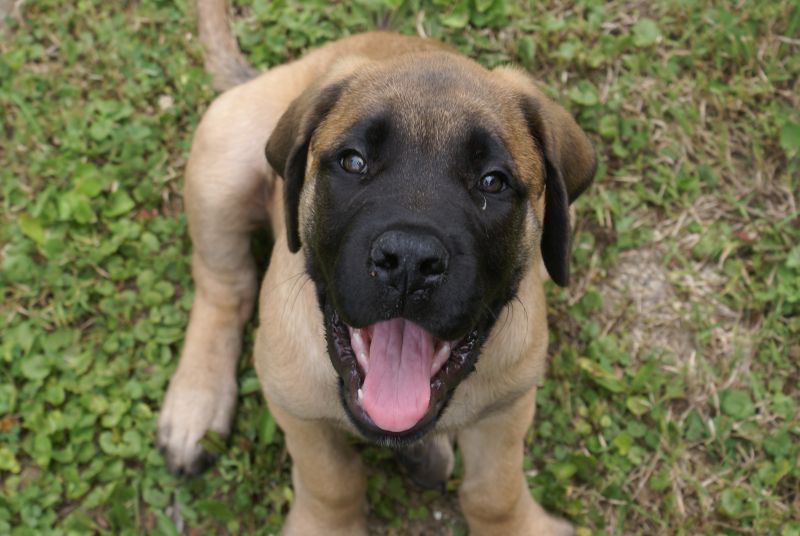 Paul, CC BY 2.0, Wikimedia Commons
Paul, CC BY 2.0, Wikimedia Commons
Bullmastiff
If you loved everything we said about the Mastiff but were turned off by the sheer size of the beast, then the Bullmastiff may be the right fit for you. At 100 to 130 pounds, a Bullmastiff is by no means “small”; however, it is smaller than a Mastiff.
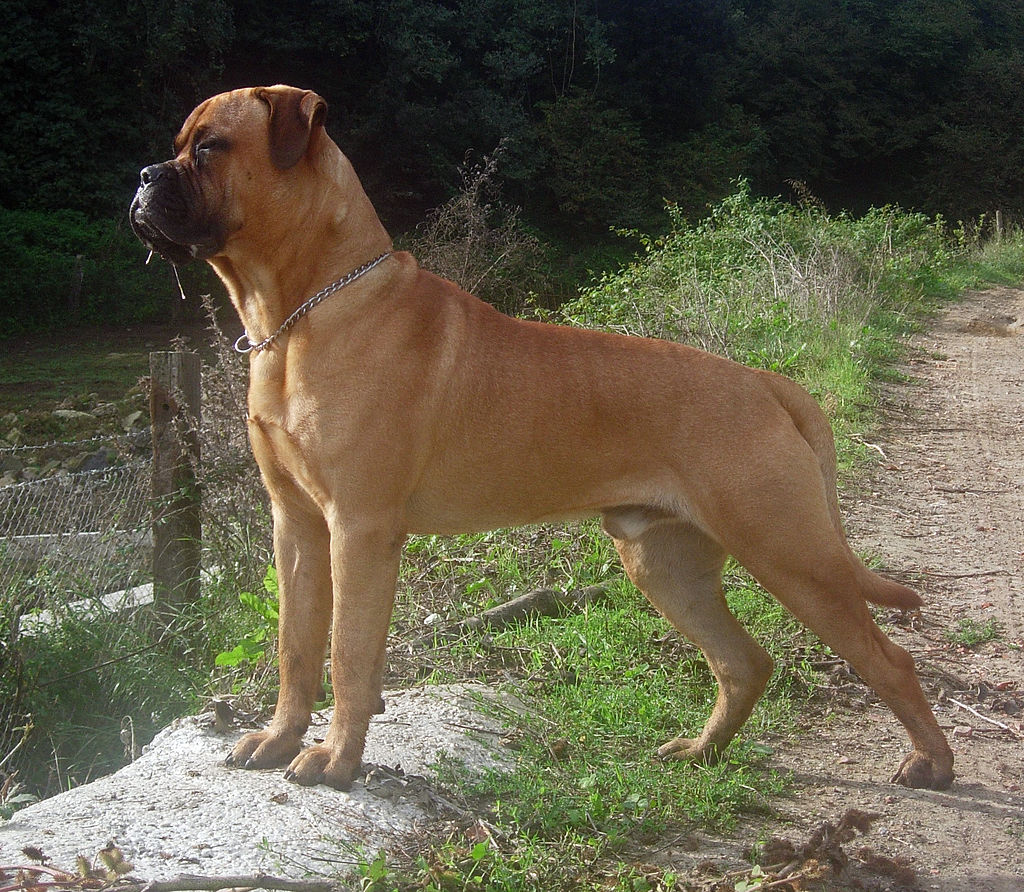 Fausto Moreno, CC BY-SA 3.0, Wikimedia Commons
Fausto Moreno, CC BY-SA 3.0, Wikimedia Commons
Bullmastiff
As it is a smaller dog, a Bullmastiff does tend to have a little more energy and better endurance. However, a daily walk should be enough to keep them sated. Their health is often better than a Mastiff and their lifespan is a little longer.
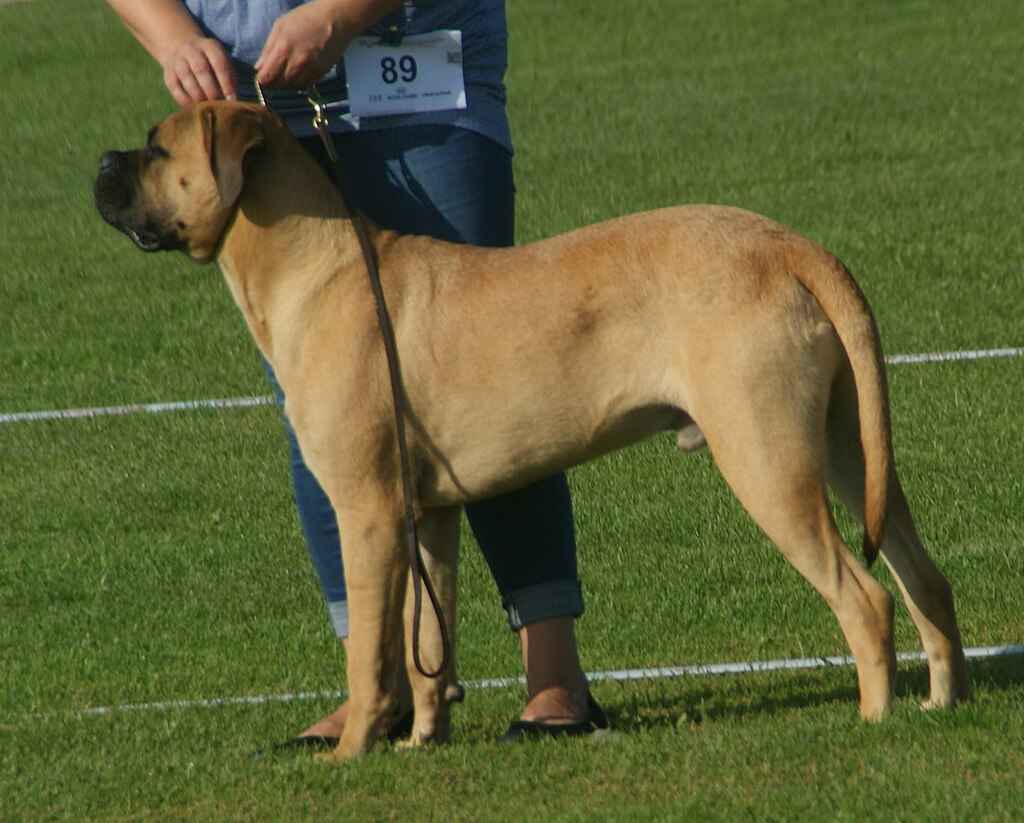 Canarian, CC BY-SA 4.0, Wikimedia Commons
Canarian, CC BY-SA 4.0, Wikimedia Commons
Poodle
While a purebred Poodle may still be a bit of an unusual bet, the mix-bred “Doodles” may be one of the most popular ones around. This is likely due to the boost they get from the Poodle parent’s temperament.
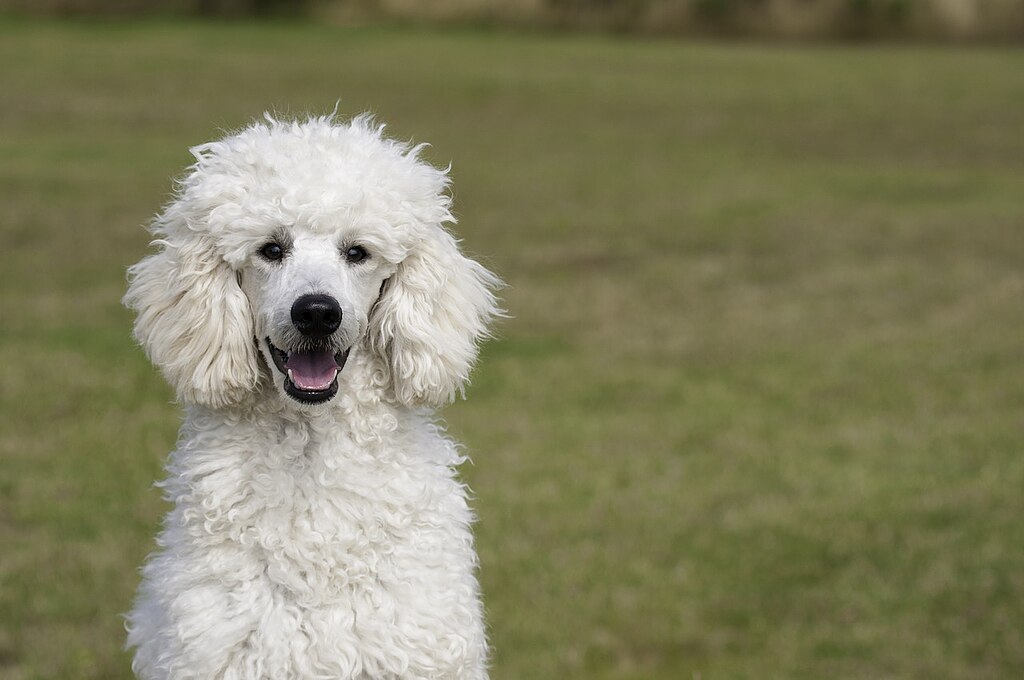 Misty721, CC BY-SA 4.0, Wikimedia Commons
Misty721, CC BY-SA 4.0, Wikimedia Commons
Poodle
There are three sizes of Poodles: standard, miniature, and toy. They are extremely intelligent. They can be active, but they adapt easily to the temperament of their owners. Like a few other breeds, the highest level of care will come through grooming.
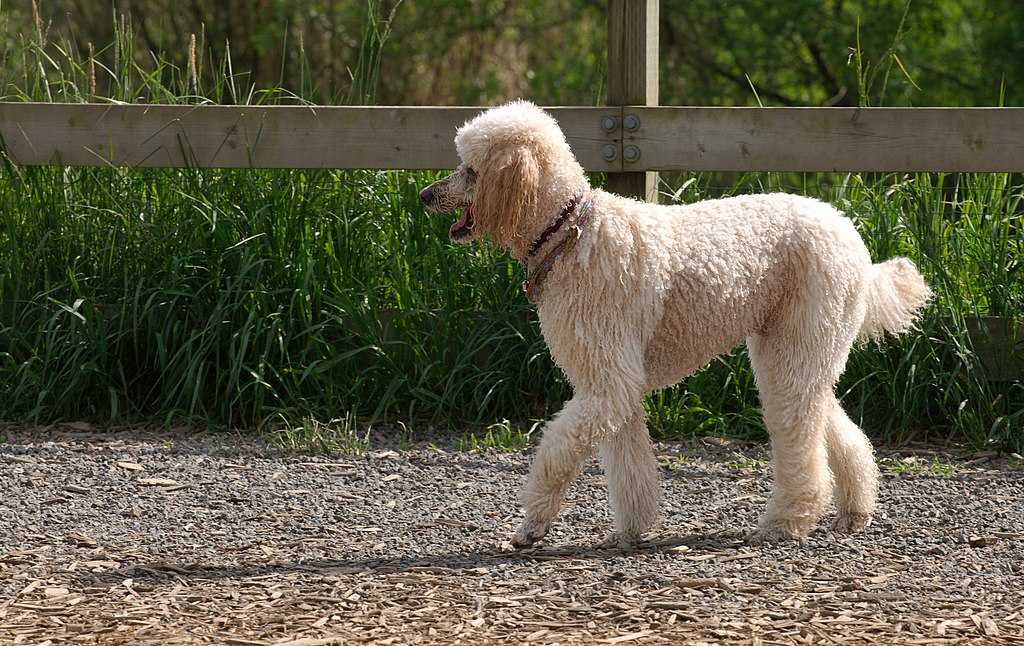 Chiara Coetzee, Wikimedia Commons
Chiara Coetzee, Wikimedia Commons
Pug
Pugs look ridiculous. It’s a fact. However, that ridiculous face is what makes them so delightfully adorable. They are also packed with a huge personality that will make any doubters fall in love with them.
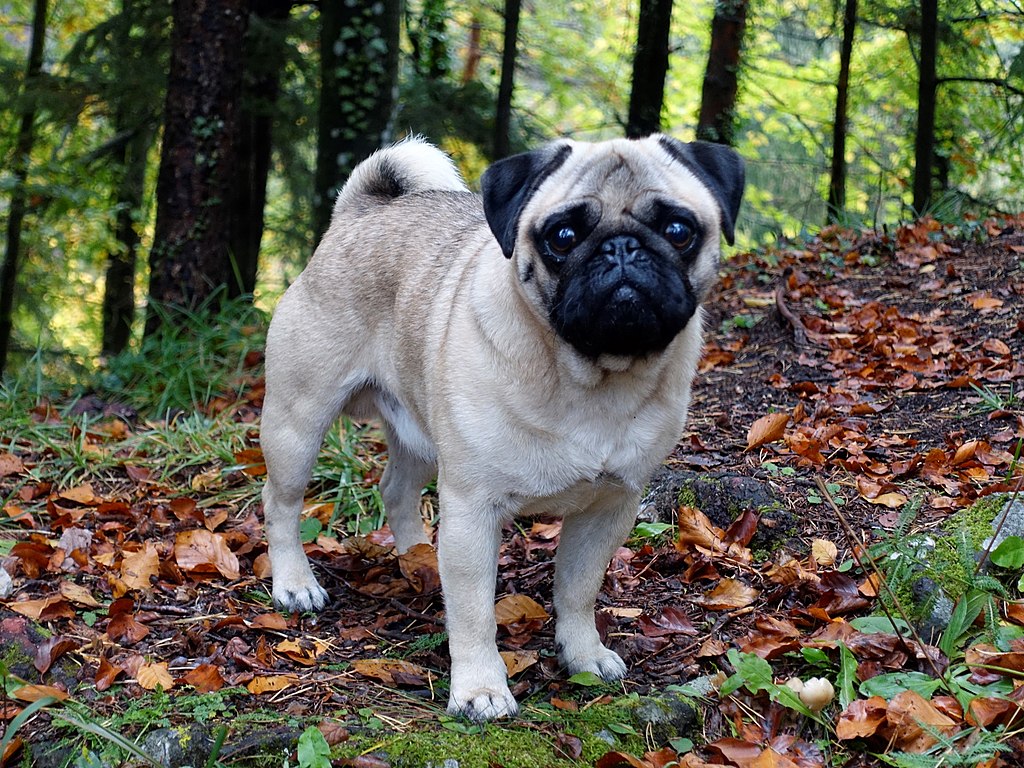 Renexist, CC BY-SA 4.0, Wikimedia Commons
Renexist, CC BY-SA 4.0, Wikimedia Commons
Pug
Your Pug will likely have a dash of spunk, but a whole load of sweet to go along with it. They are looking for someone to love and want to please their owner. This makes them fairly easy to train and manage. You do need to care for their skin folds to avoid infections.
Boston Terrier
If you want a dog that will love you forever, then you can’t go wrong with a Boston Terrier. There is nothing a Boston Terrier loves more than to be around their family. They will also get along with any guests you bring into the home.
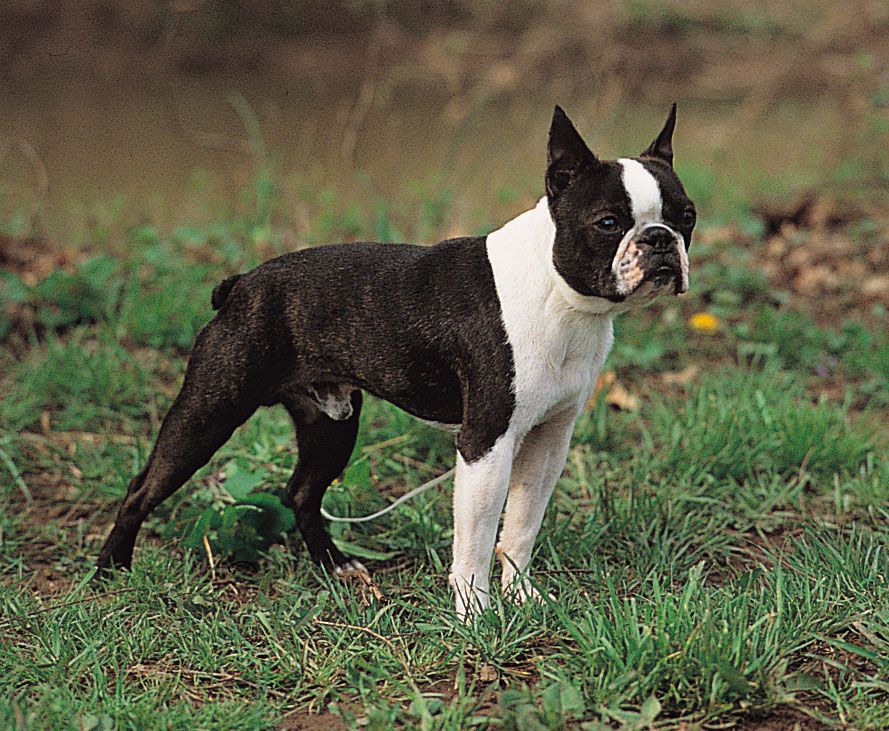 Boggy9100, CC BY-SA 4.0, Wikimedia Commons
Boggy9100, CC BY-SA 4.0, Wikimedia Commons
Boston Terrier
Boston Terriers are active dogs. They will need about an hour of daily exercise, but that should be enough. Their grooming needs are lower than most dogs, and they are unlikely to shed much.
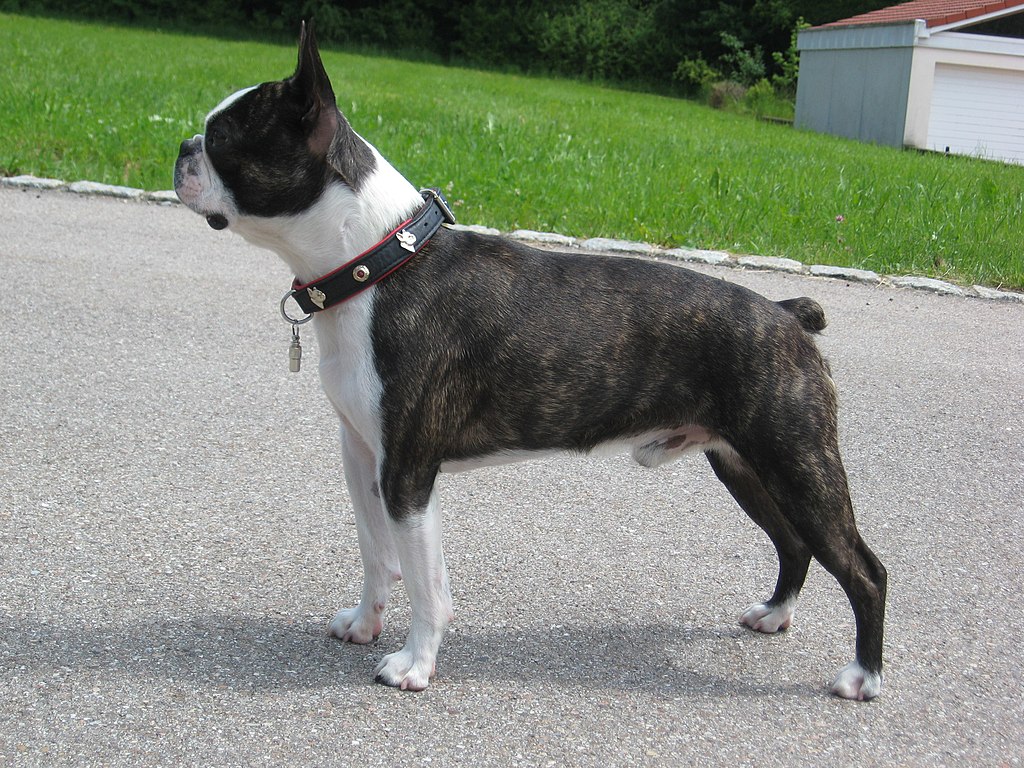 Andreas Schlaugat, CC BY 3.0, Wikimedia Commons
Andreas Schlaugat, CC BY 3.0, Wikimedia Commons
Italian Greyhound
If you liked the idea of the Greyhound, but you were hesitant about investing in such a large dog, then the Italian variety may be an excellent alternative. They are much smaller than their traditional counterparts, but are still fond of being cozy and comfy.
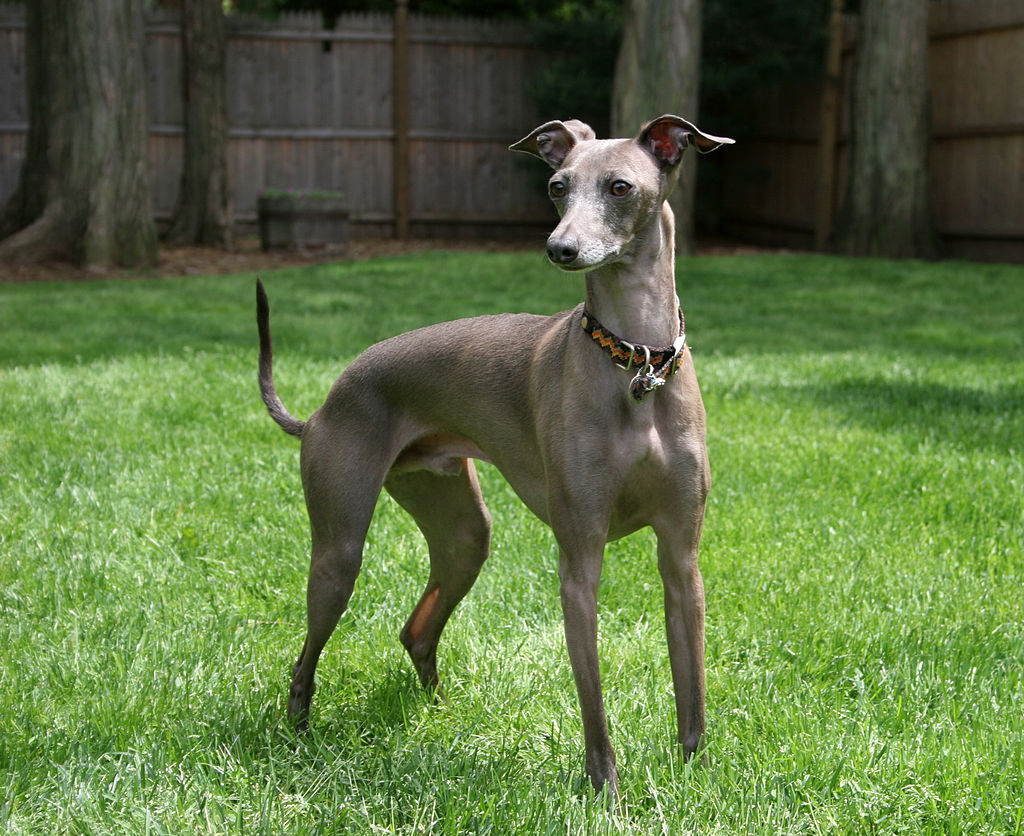 christina, CC BY 2.0, Wikimedia Commons
christina, CC BY 2.0, Wikimedia Commons
Italian Greyhound
Not only will your Italian Greyhound enjoy being an indoor dog, but they are hypoallergenic. They have a short and smooth coat that barely sheds. All they need is a weekly groom with a mitt to stay sleek and stylish.
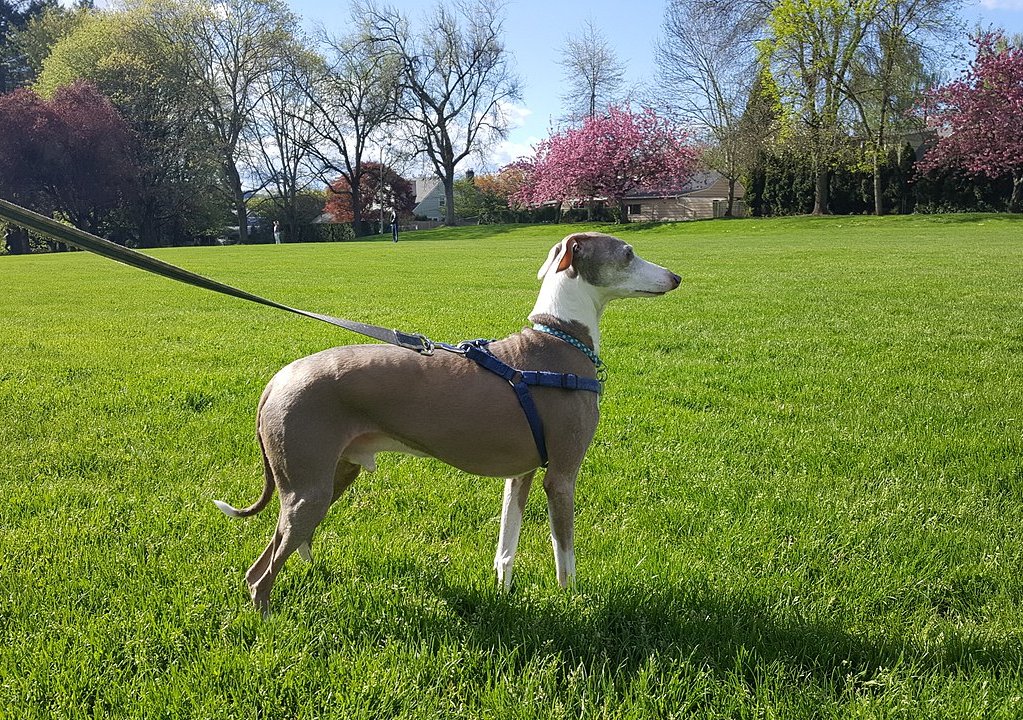 Another Believer, CC BY-SA 4.0, Wikimedia Commons
Another Believer, CC BY-SA 4.0, Wikimedia Commons
Maltese
If you’ve ever seen a Maltese, then you may have been struck by their beauty. They’re a toy breed, meaning that they are quite small, and their long coats are striking, resembling a princess in many ways.
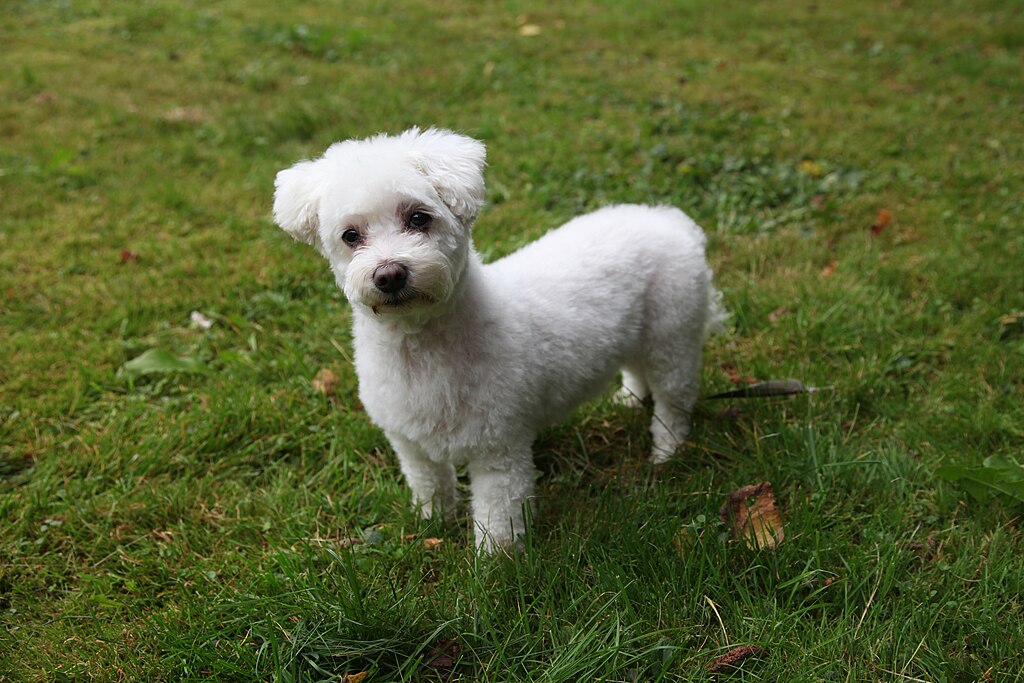 CulmSee-Axel-acad.2161, CC BY-SA 4.0, Wikimedia Commons
CulmSee-Axel-acad.2161, CC BY-SA 4.0, Wikimedia Commons
Maltese
Maltese dogs love cuddles. They are the quintessential lapdog. However, they may not be the best dogs for social people, as they can be wary around strangers. Their long coat also demands a lot of work to keep healthy.
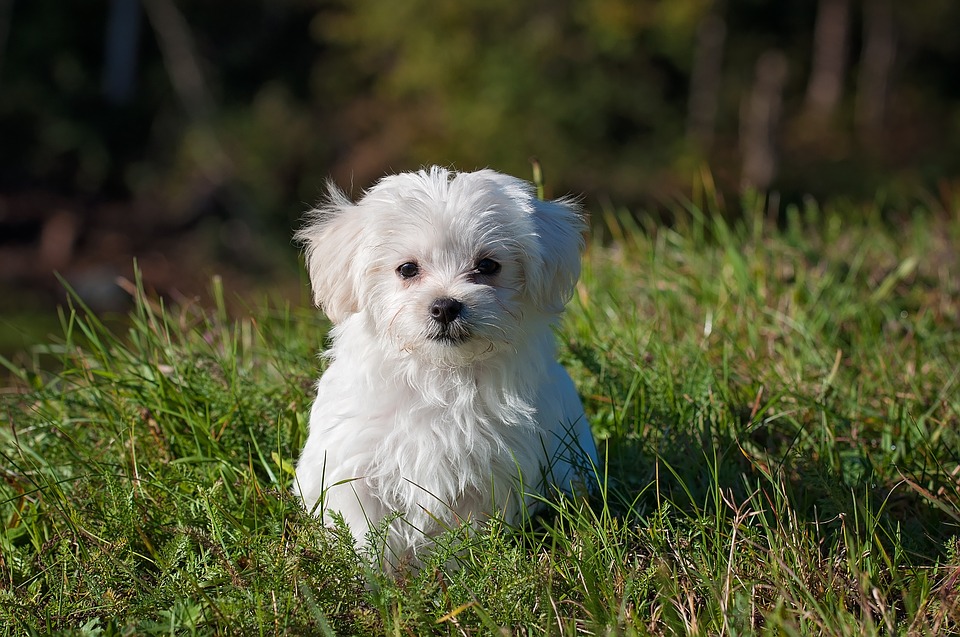 Pezibear at Pixabay, Wikimedia Commons
Pezibear at Pixabay, Wikimedia Commons
Havanese
For a family-friendly dog, you should consider a Havanese. They are good-natured and great with children, or even other animals. However, they do not enjoy being left alone for long periods of time. So, that should be taken into consideration.
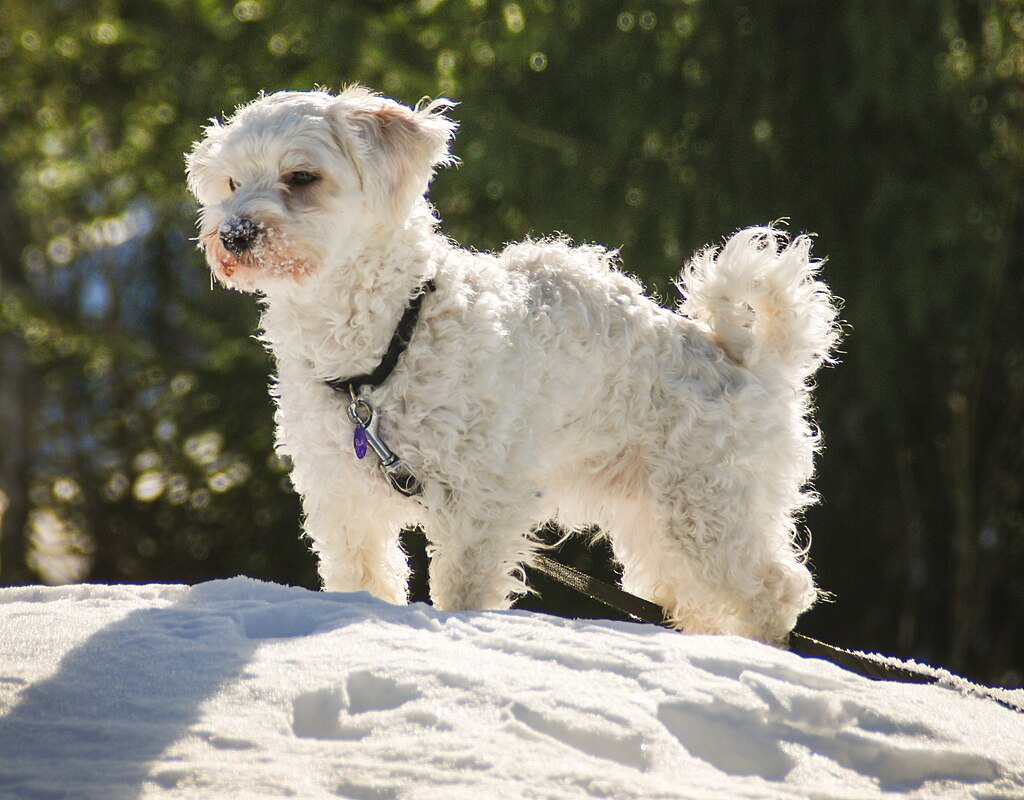 QHuge, CC BY 4.0, Wikimedia Commons
QHuge, CC BY 4.0, Wikimedia Commons
Havanese
You may have to invest some time into housebreaking your Havanese. However, they are fast learners and do not require much exercise. Compared to some more excitable breeds, they will fit in easily to a busier schedule.
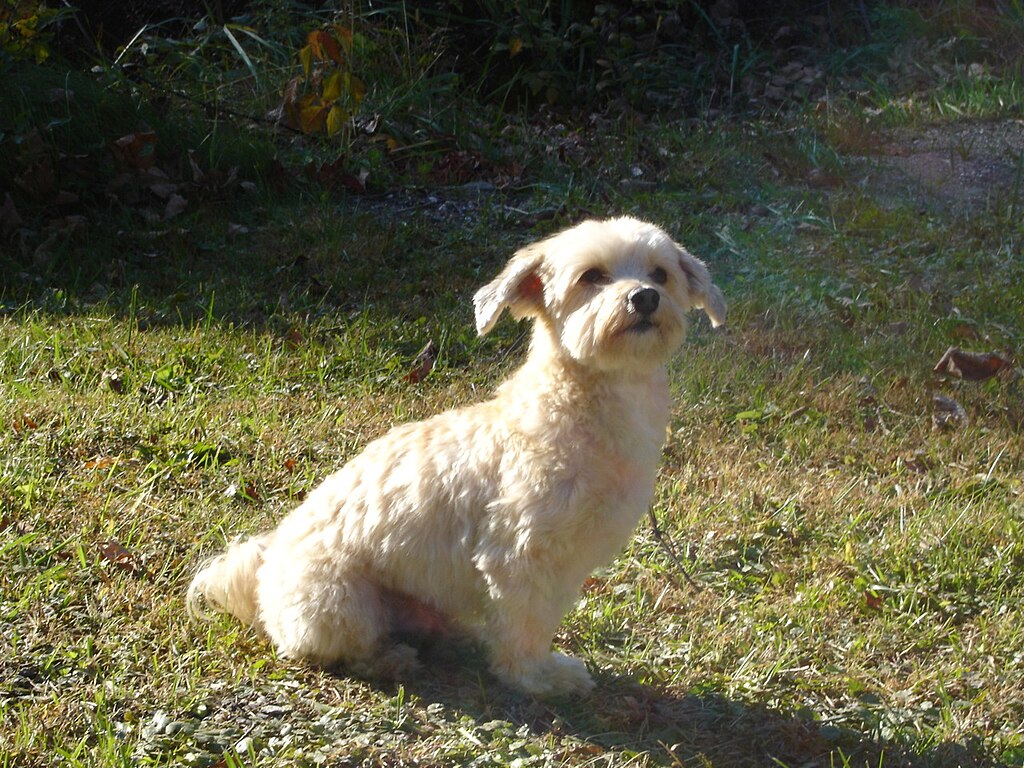 Brent Soderberg, CC BY 2.0, Wikimedia Commons
Brent Soderberg, CC BY 2.0, Wikimedia Commons
Chinese Crested Dog
Anyone who is looking to make a statement with their fur-friend should consider a Chinese Crested. You will be hard-pressed to find another breed that looks like a Chinese Crested. They are small and hypoallergenic. Though they do have their quirks.
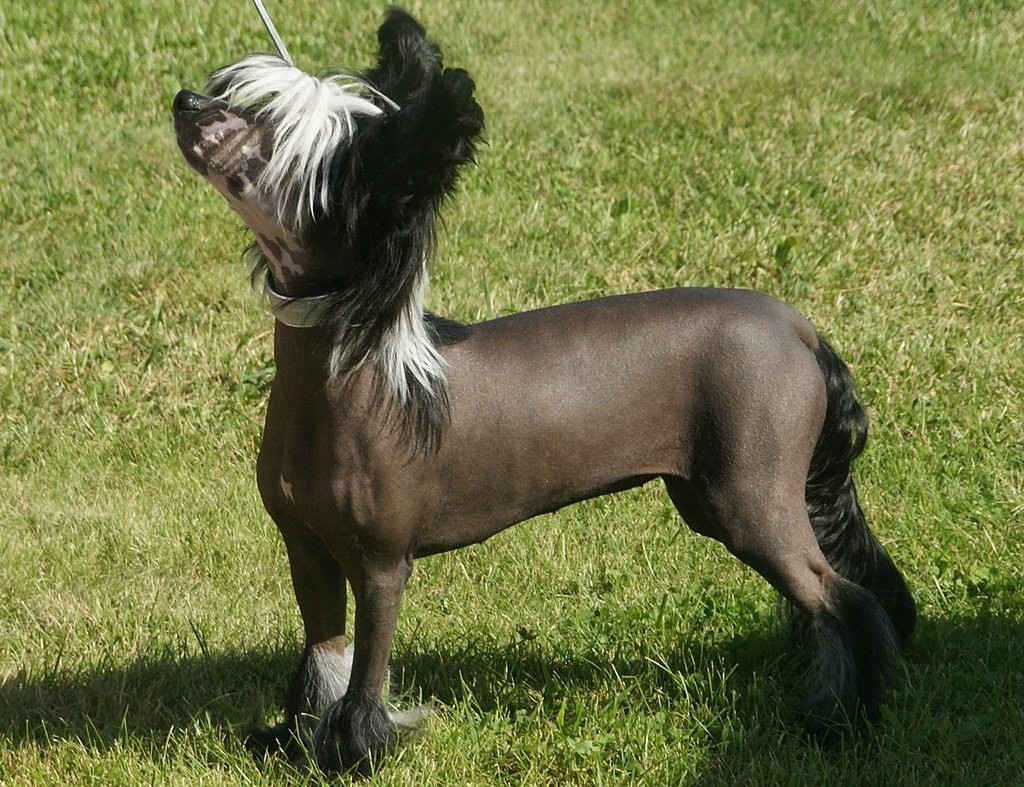 Canarian, CC BY-SA 4.0, Wikimedia Commons
Canarian, CC BY-SA 4.0, Wikimedia Commons
Chinese Crested Dog
A Chinese Crested comes in two variations, hairless and powderpuff. The hairless will require much less grooming. However, you need to remember to use sunscreen to protect your pup from the sun when walking.
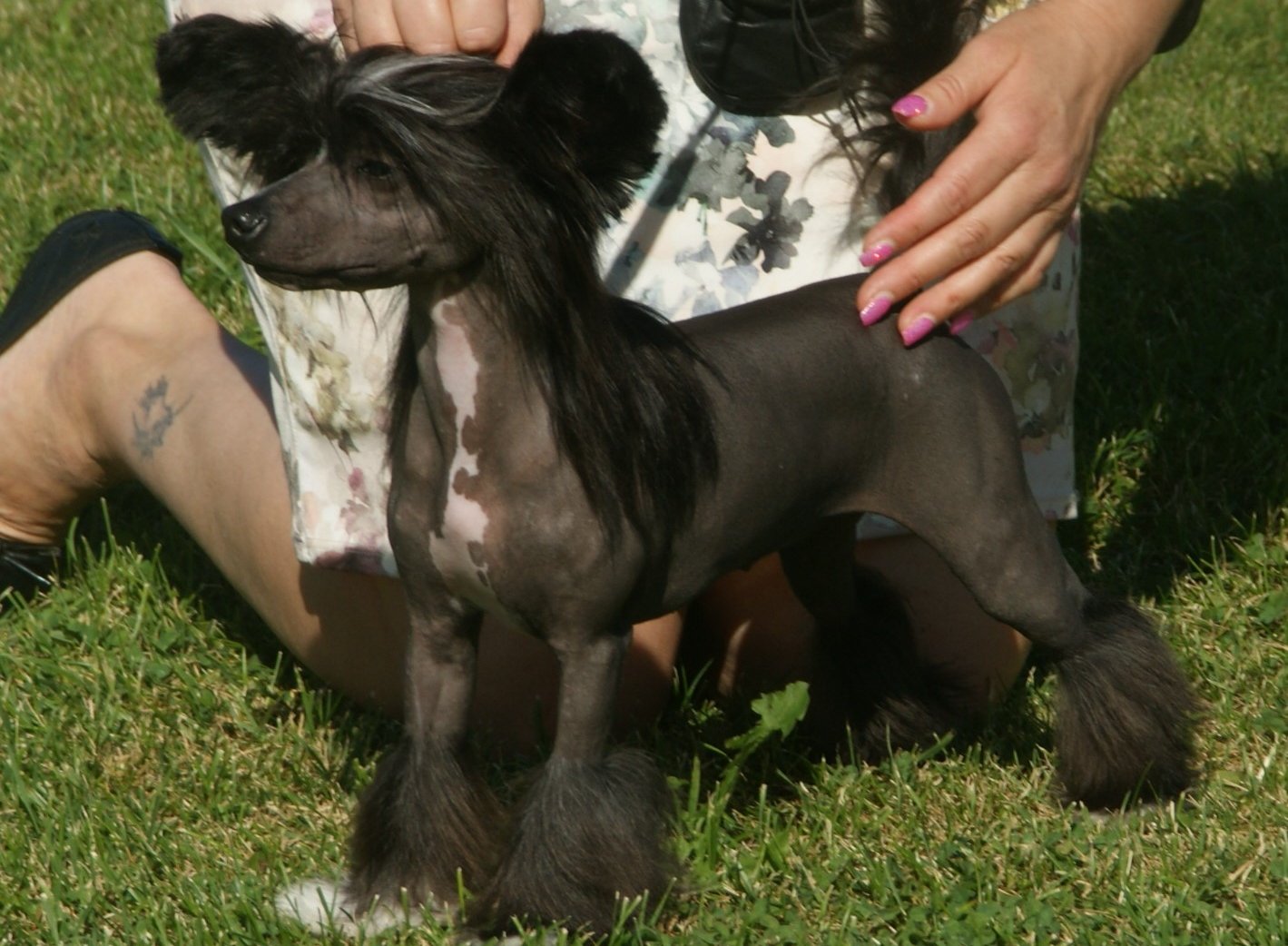 Canarian, CC BY-SA 4.0, Wikimedia Commons
Canarian, CC BY-SA 4.0, Wikimedia Commons
Shiba Inu
Now made famous by the viral internet meme, the Shiba Inu is an affectionate and intelligent dog that reminds many of a fox. They are the perfect blend of affectionate but independent, meaning that you can be more hands-off.
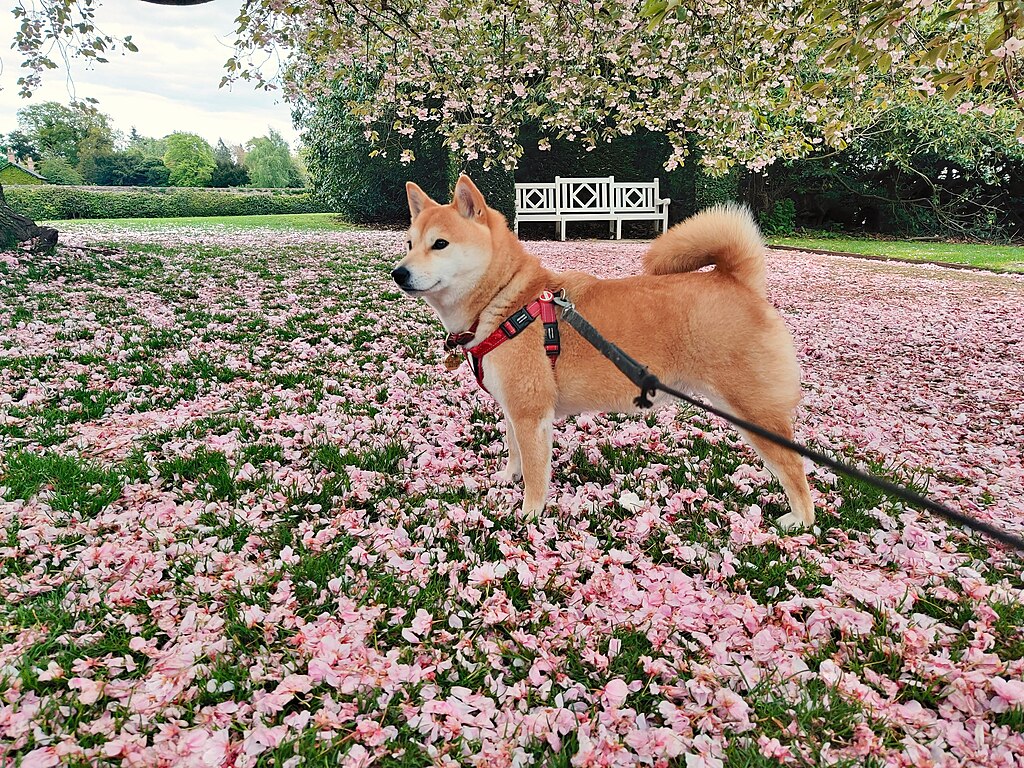 BeŻet, CC BY-SA 4.0. Wikimedia Commons
BeŻet, CC BY-SA 4.0. Wikimedia Commons
Shiba Inu
Since the Shiba Inu is such an intelligent breed, you will have to apply yourself when it comes to training. However, the time you have to take training will be made up for with grooming. Shiba Inus groom themselves like cats.
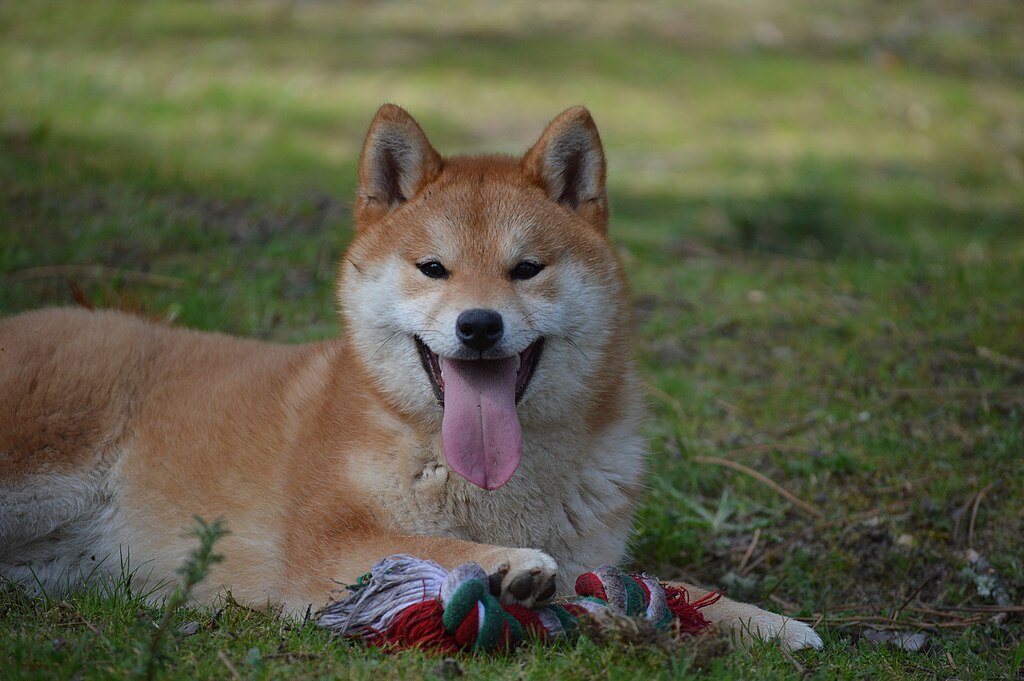 TsutsuiKennel, CC BY-SA 4.0, Wikimedia Commons
TsutsuiKennel, CC BY-SA 4.0, Wikimedia Commons
Beagle
One of the Beagle’s best traits is their ability to get along easily with other dogs. If you are looking for a second dog, a Beagle may be a wonderful choice. Even as your first pup, they will make a loving and energetic companion.
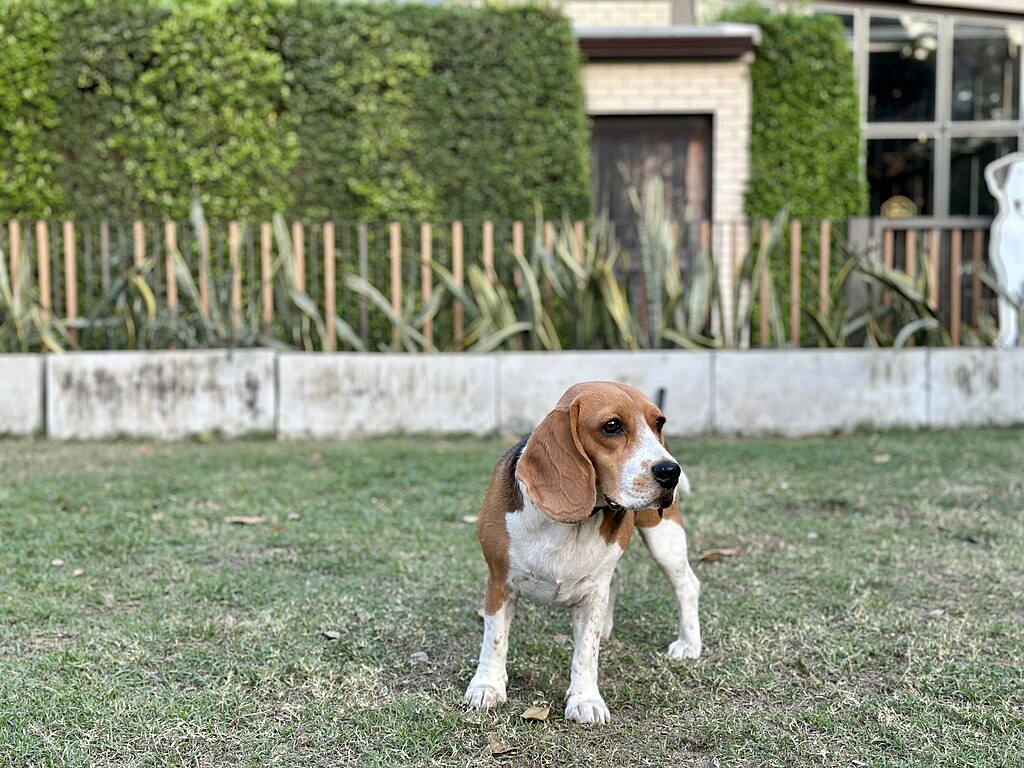 Slyronit, CC BY-SA 4.0, Wikimedia Commons
Slyronit, CC BY-SA 4.0, Wikimedia Commons
Beagle
Their training needs, as well as grooming, are fairly basic. However, it is important to note that Beagles are social dogs. You can leave them alone for small periods, but they should not be left alone for too long.
You May Also Like:
The Weirdest Mixed-Breed Dogs Ever
Why Do Dogs Howl? Inside Your Dog's Mind
30 Reasons Why Dogs Are Better Than Cats
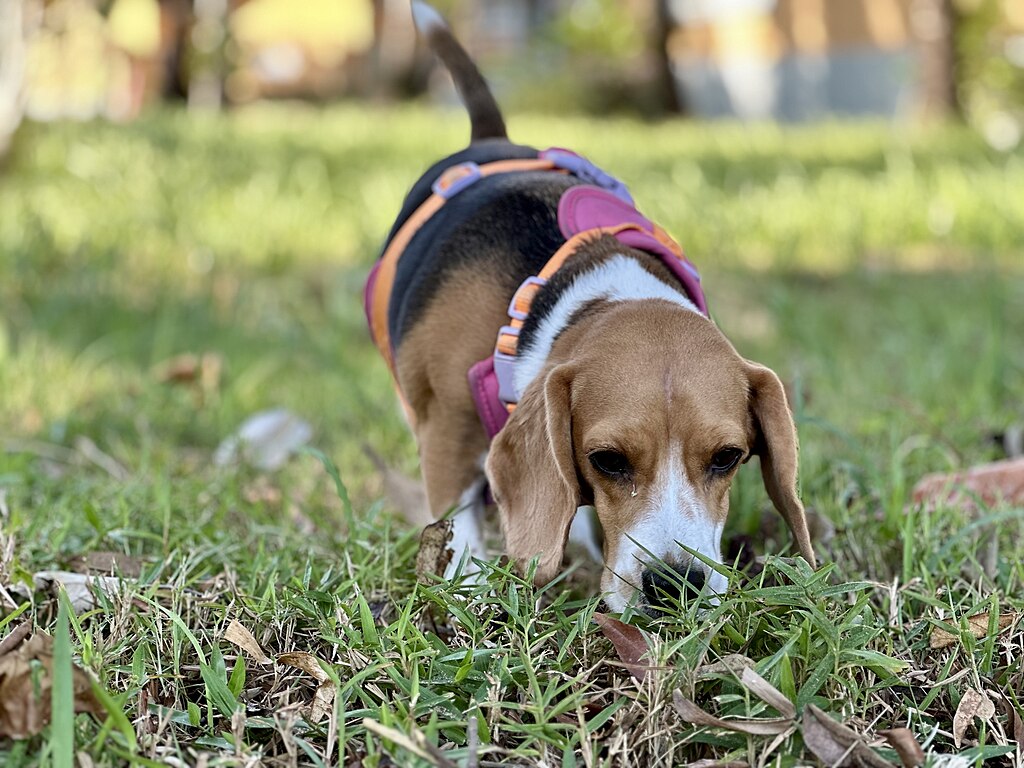 Slyronit, CC BY-SA 4.0, Wikimedia Commons
Slyronit, CC BY-SA 4.0, Wikimedia Commons
Sources: 1

